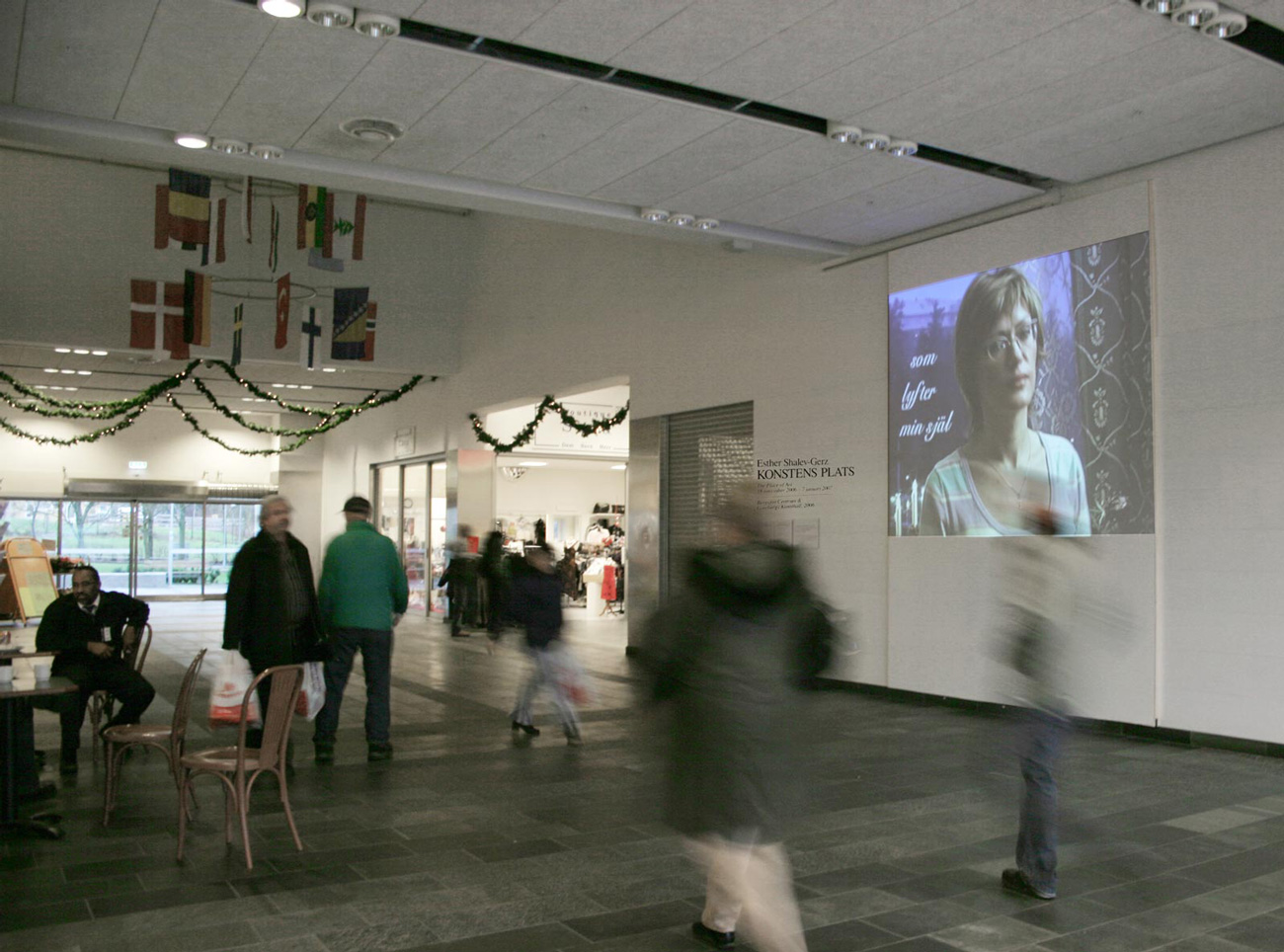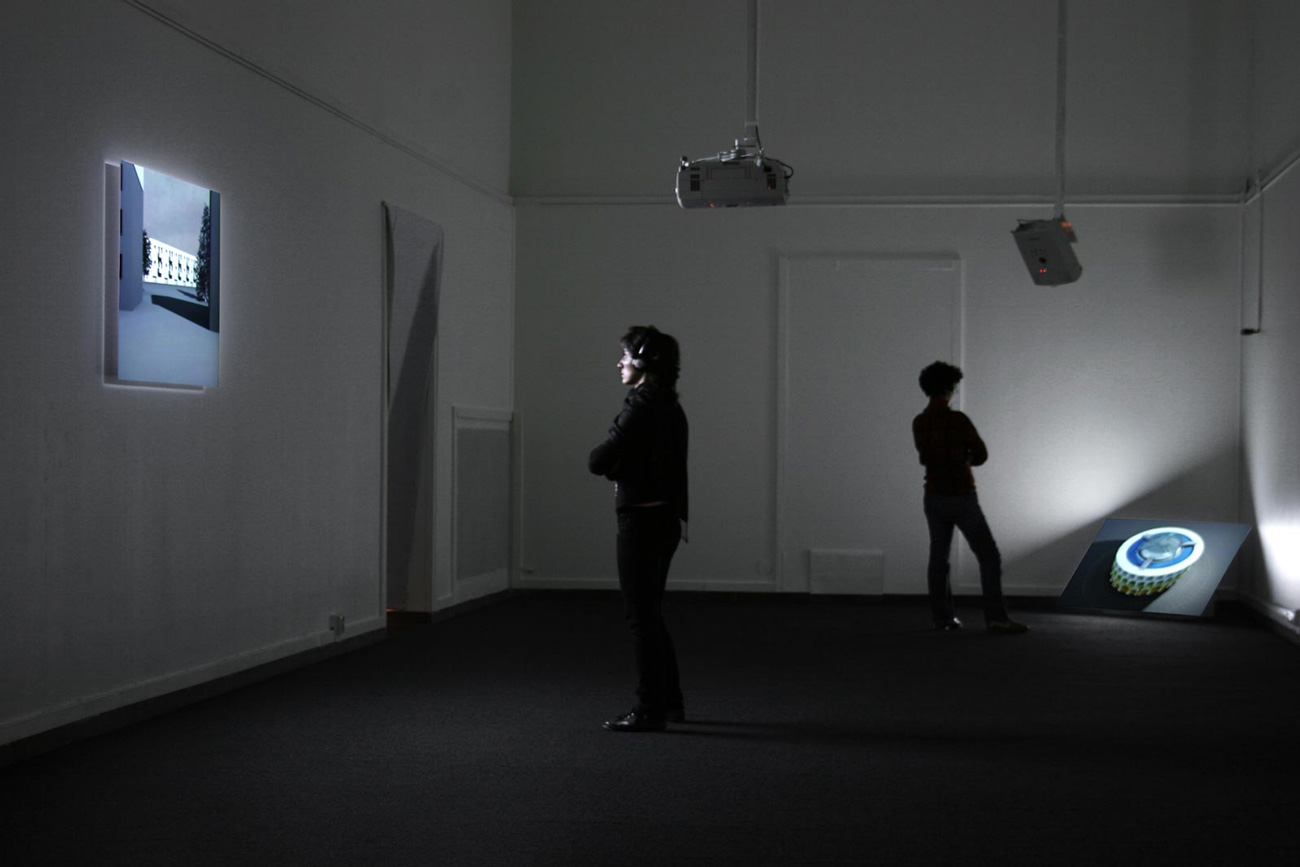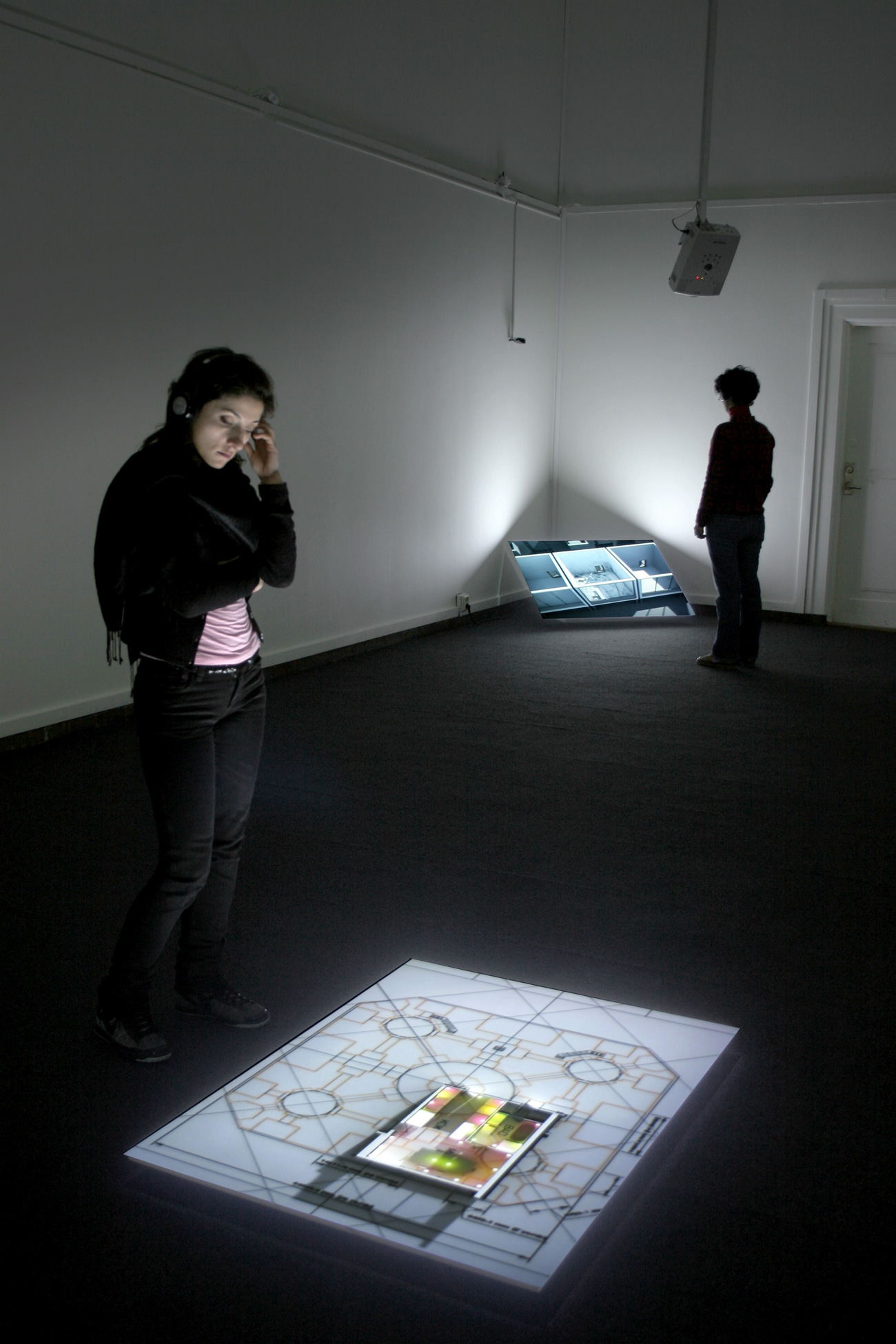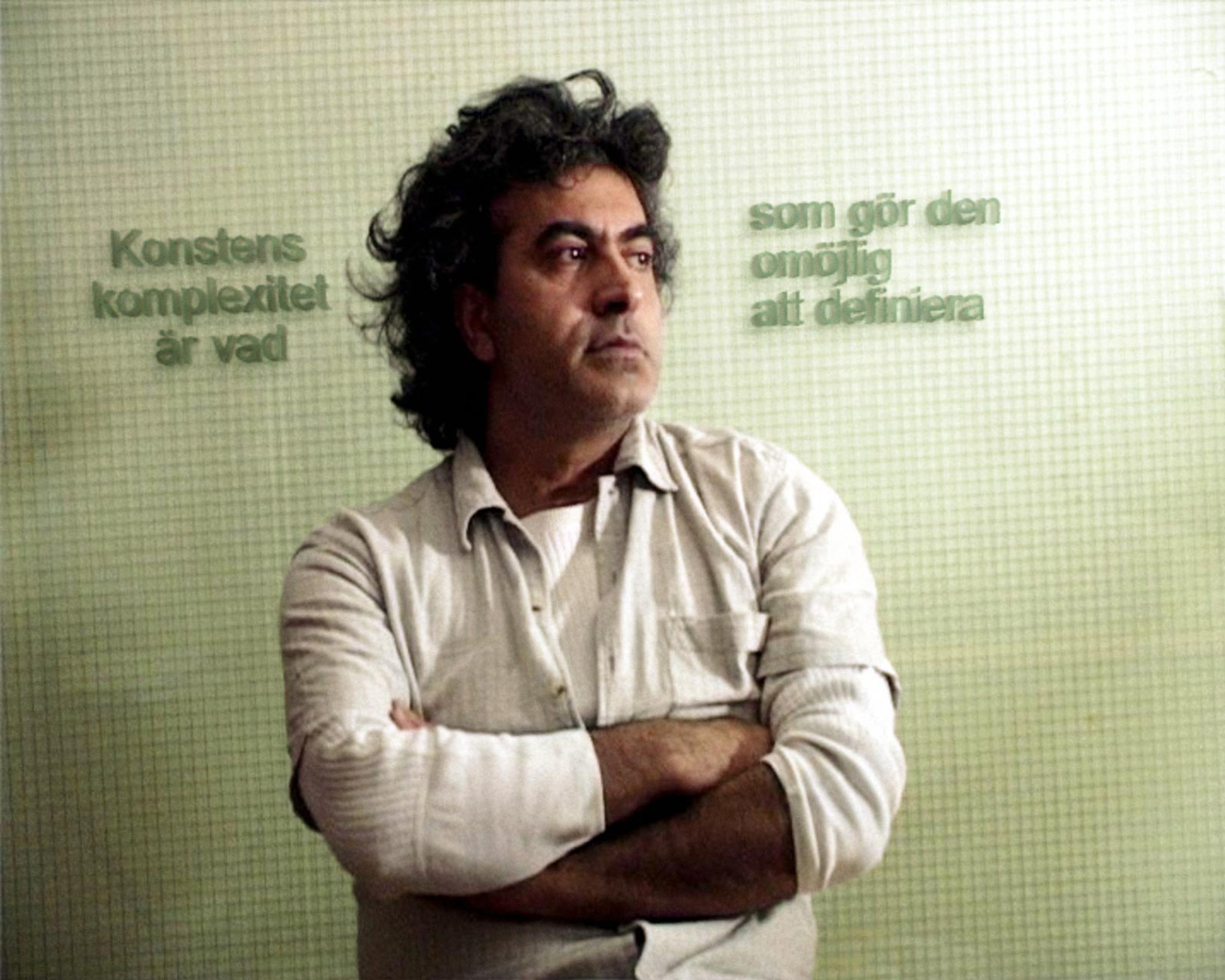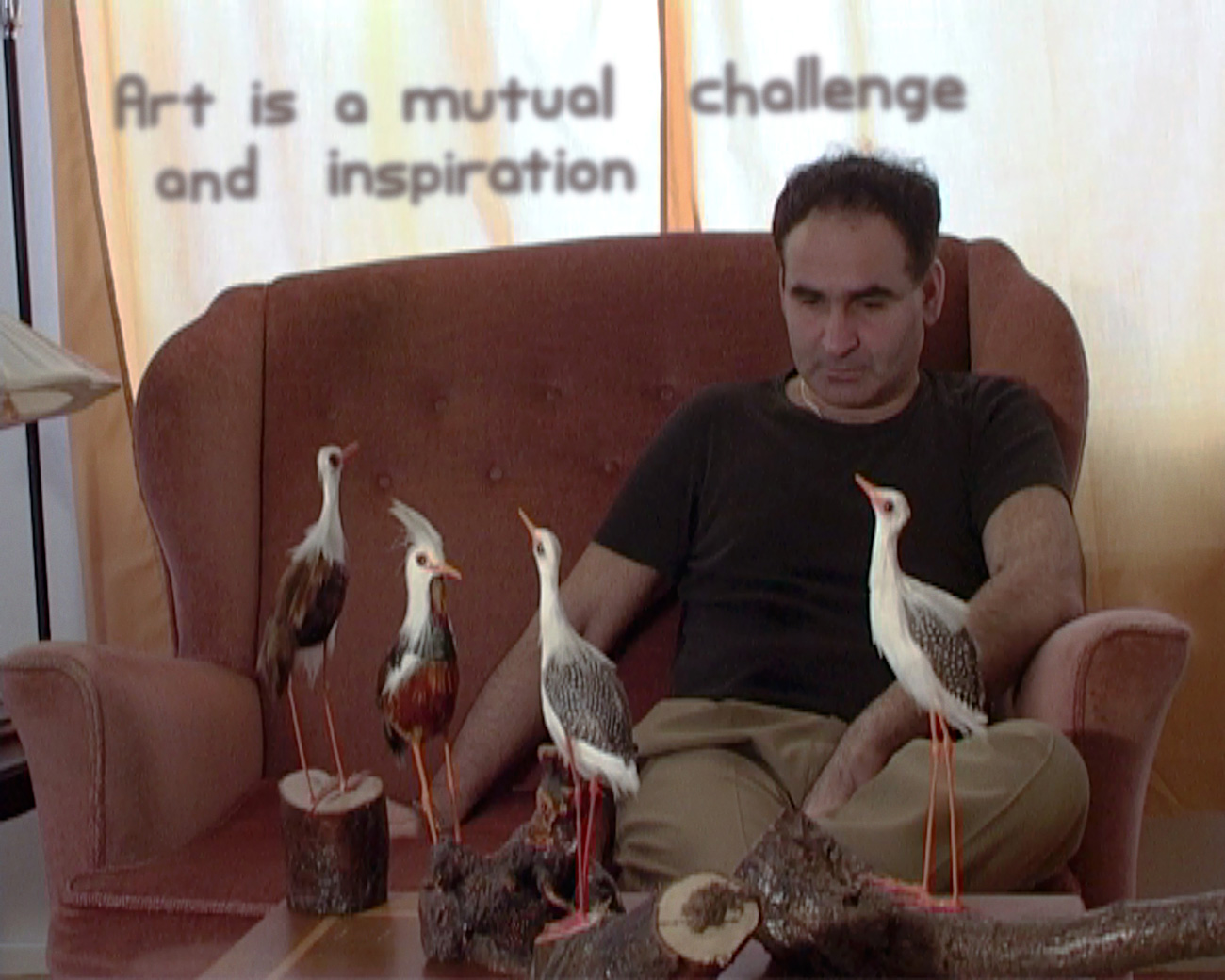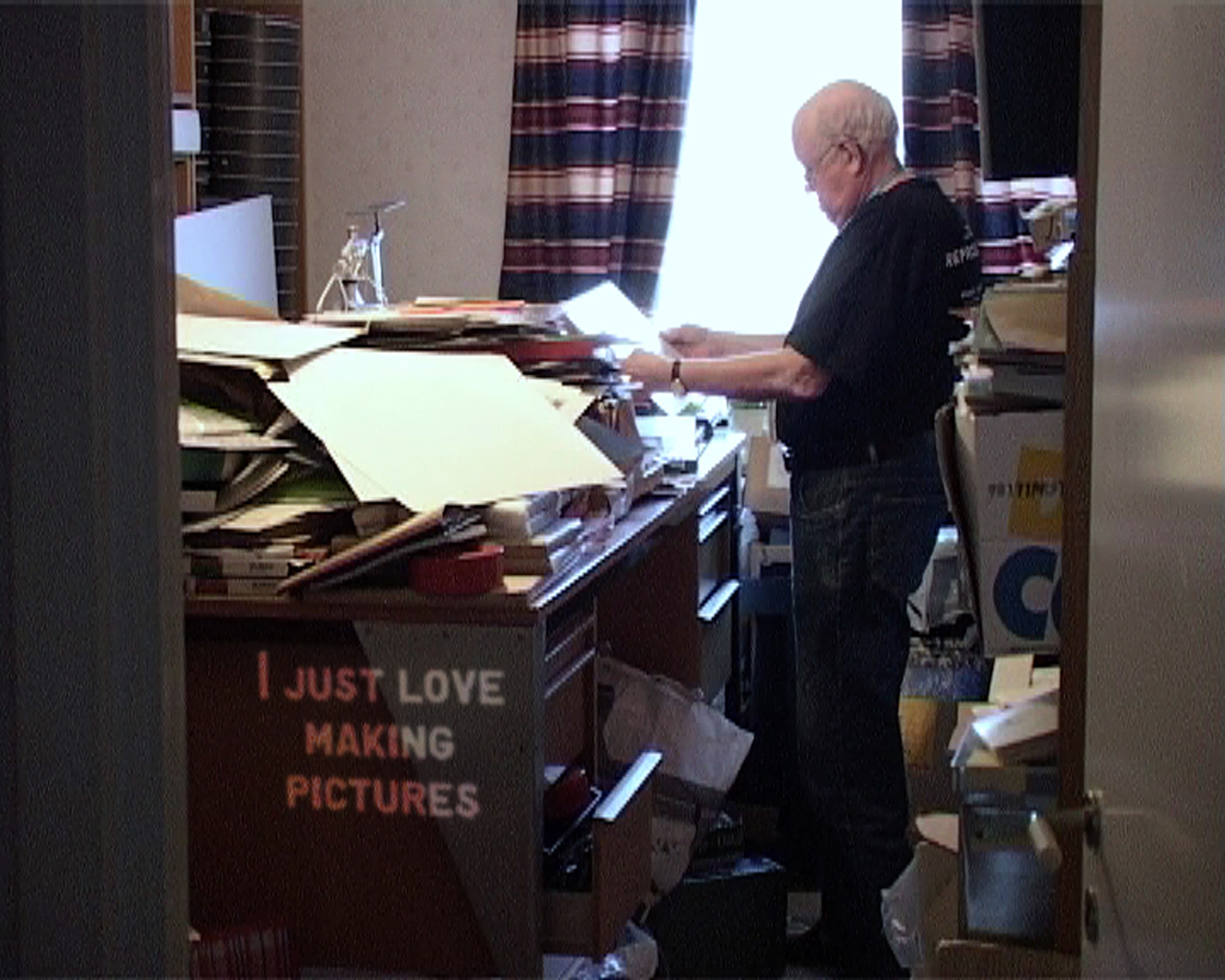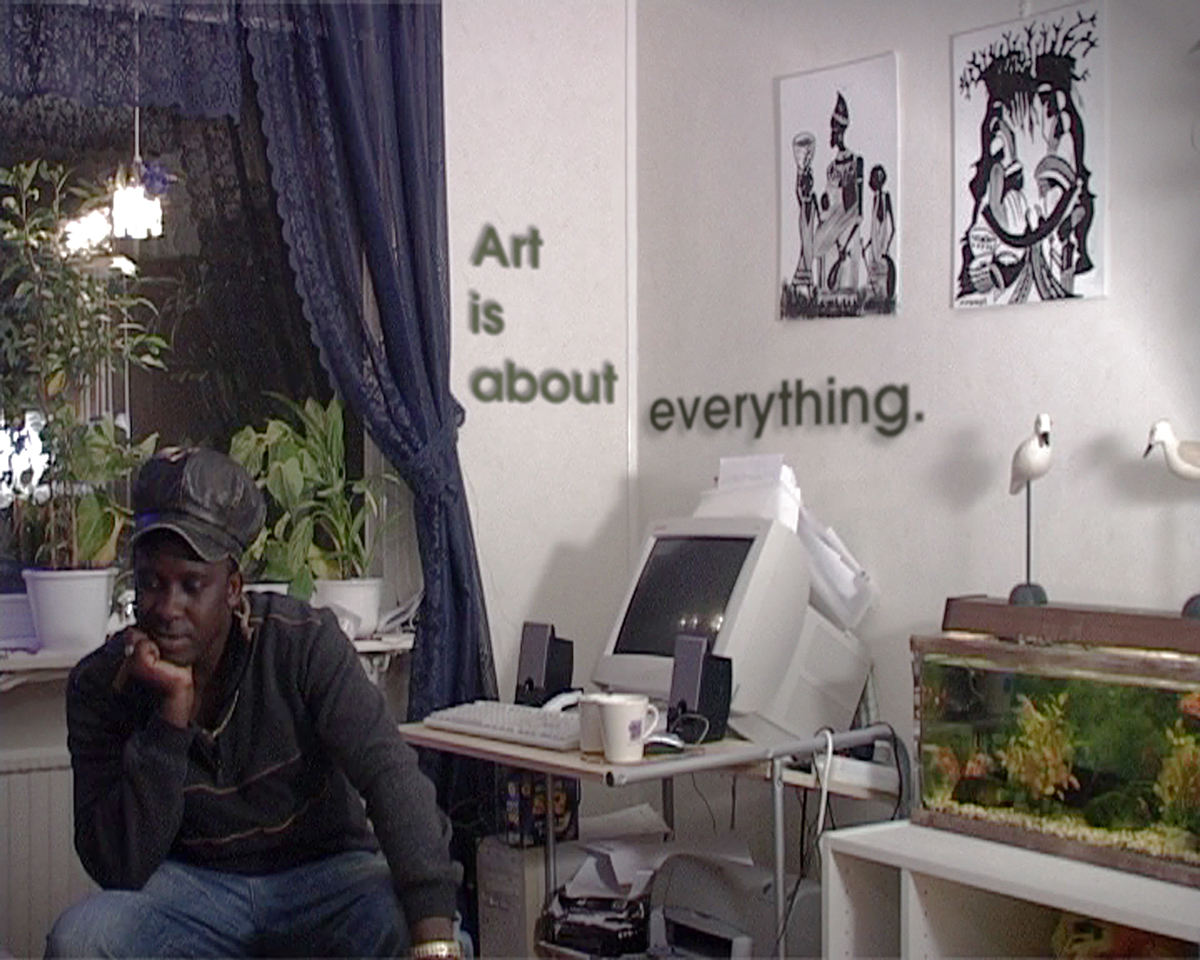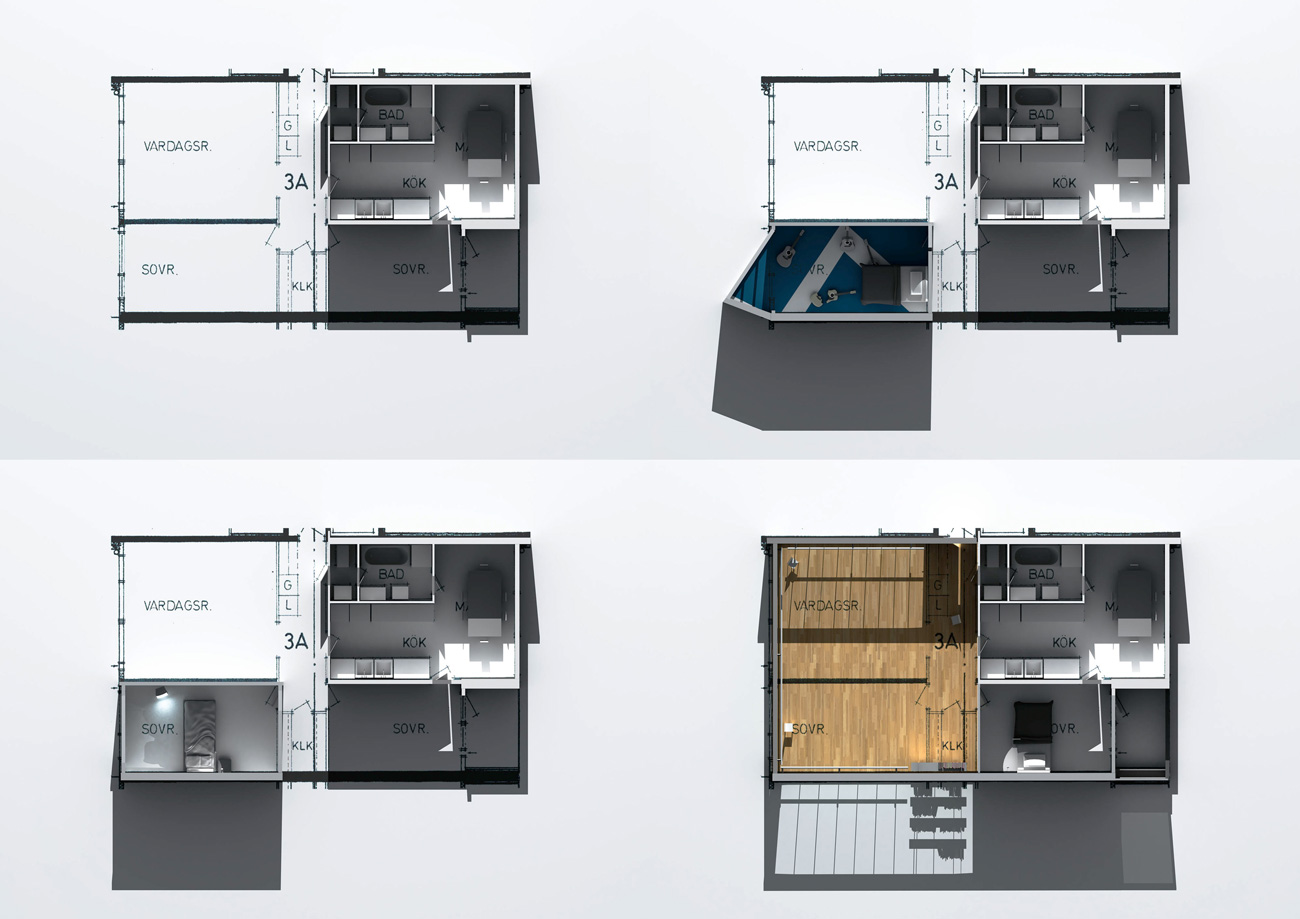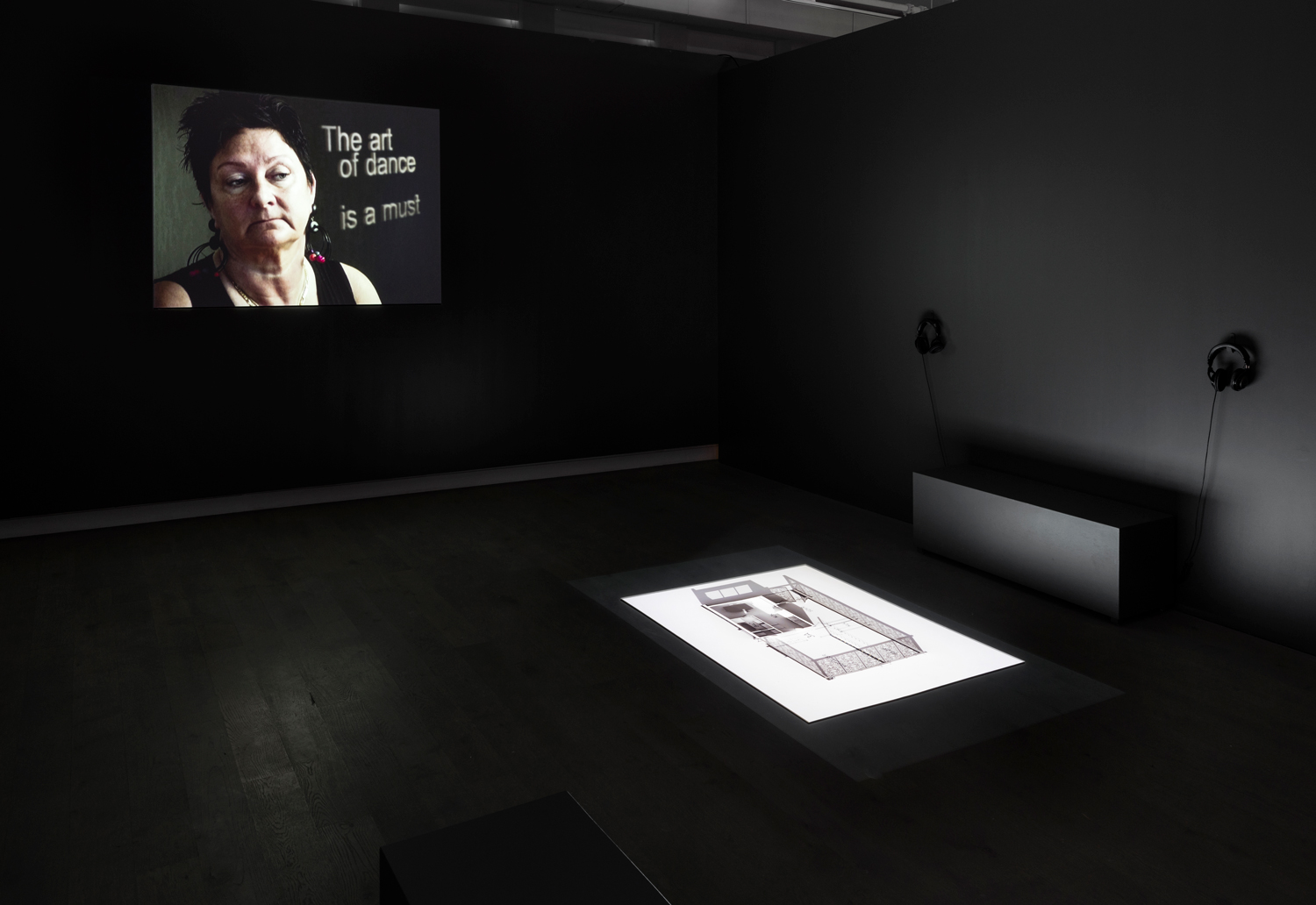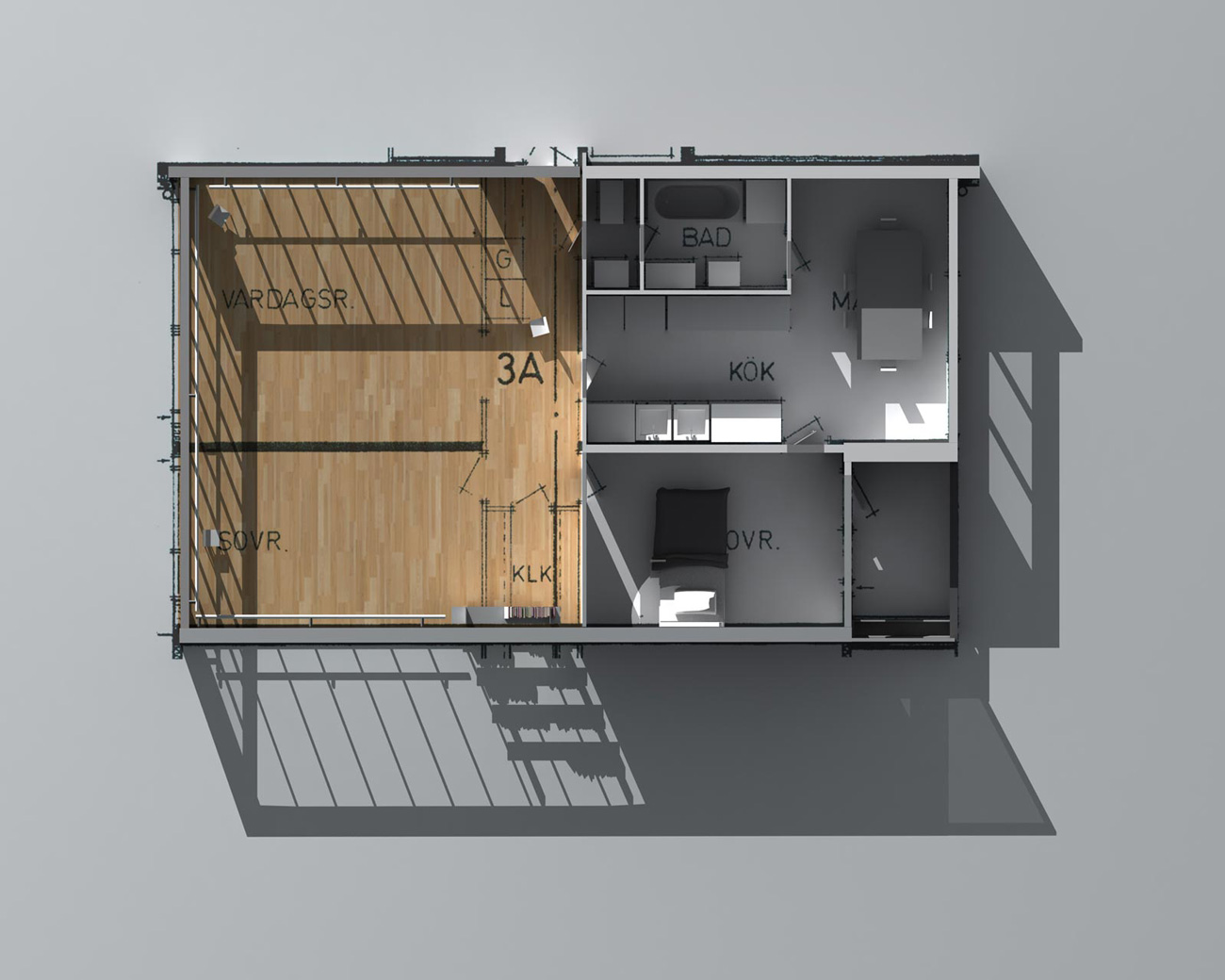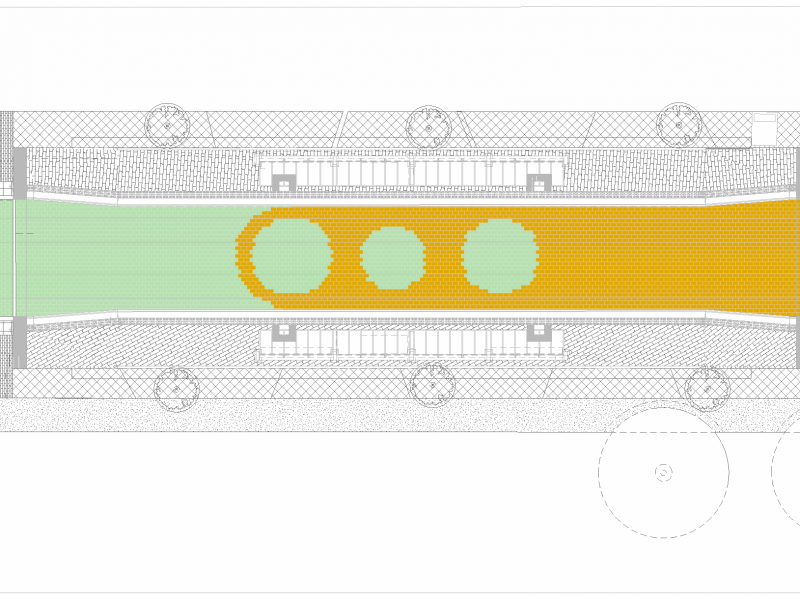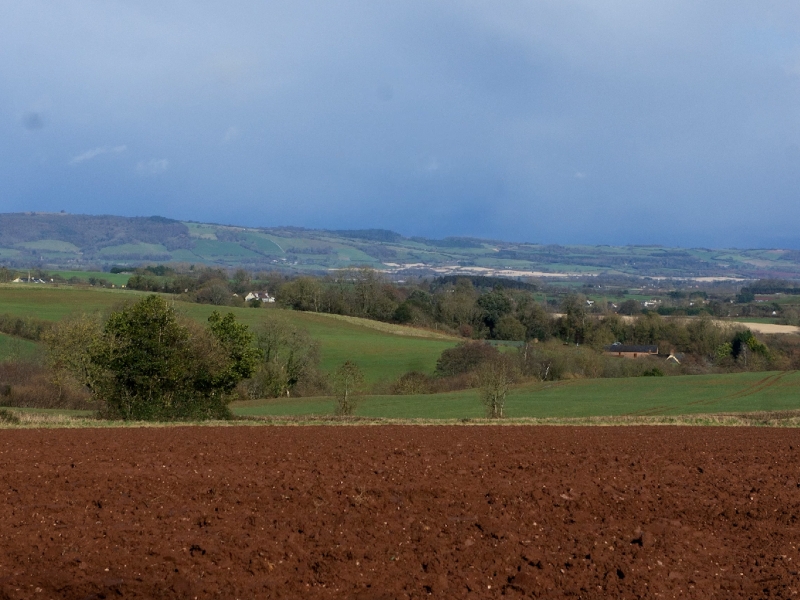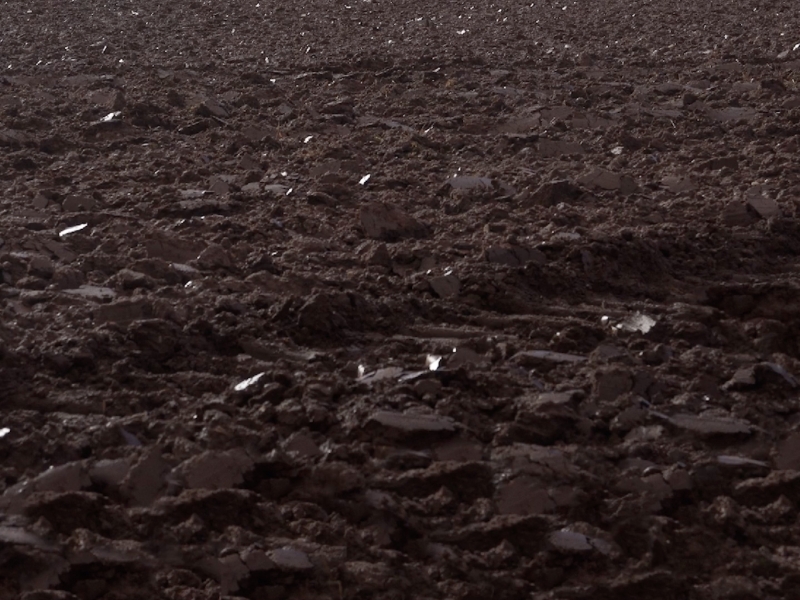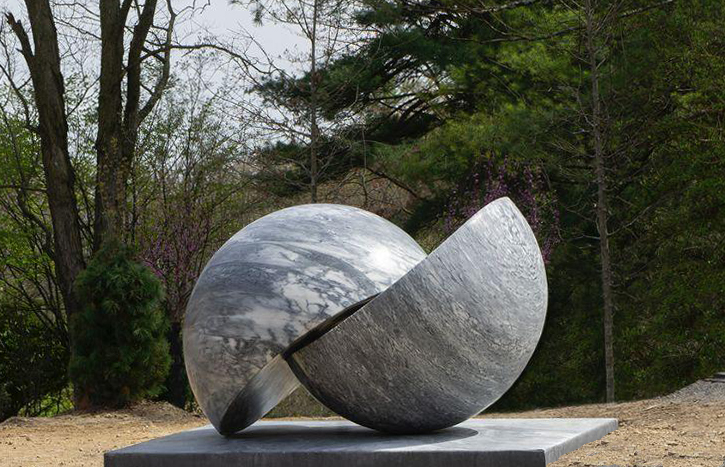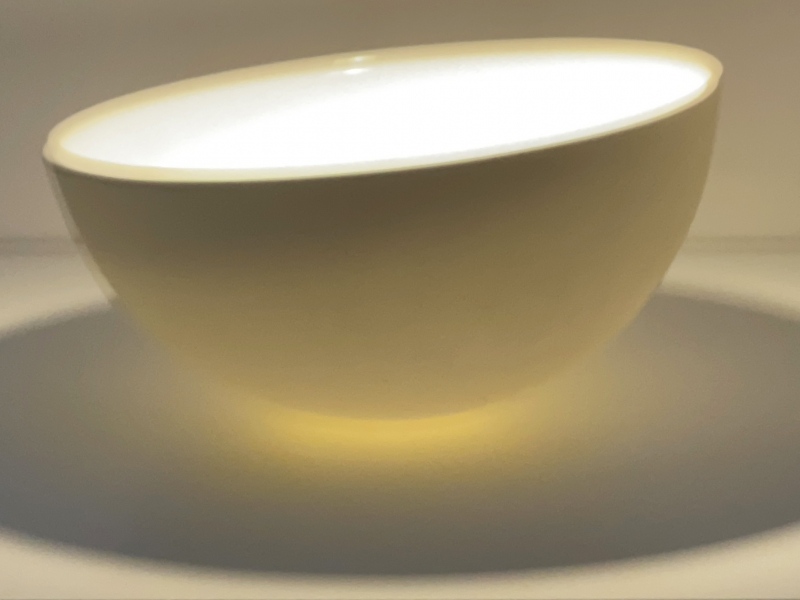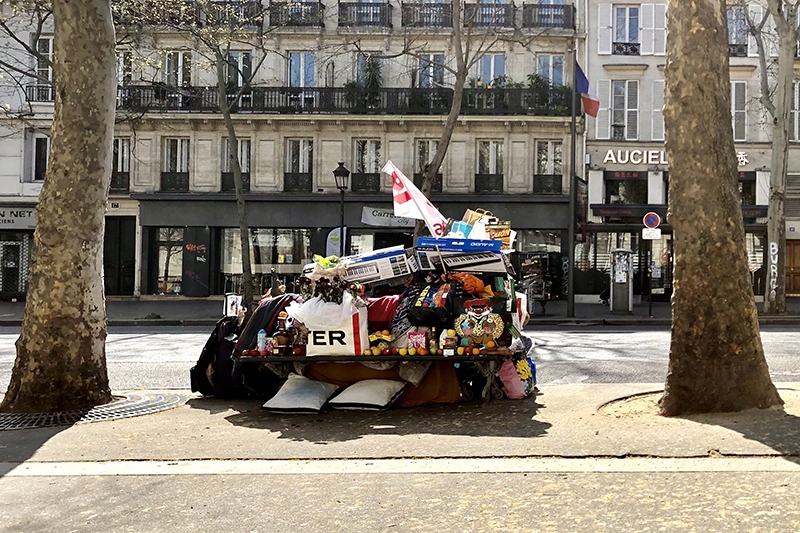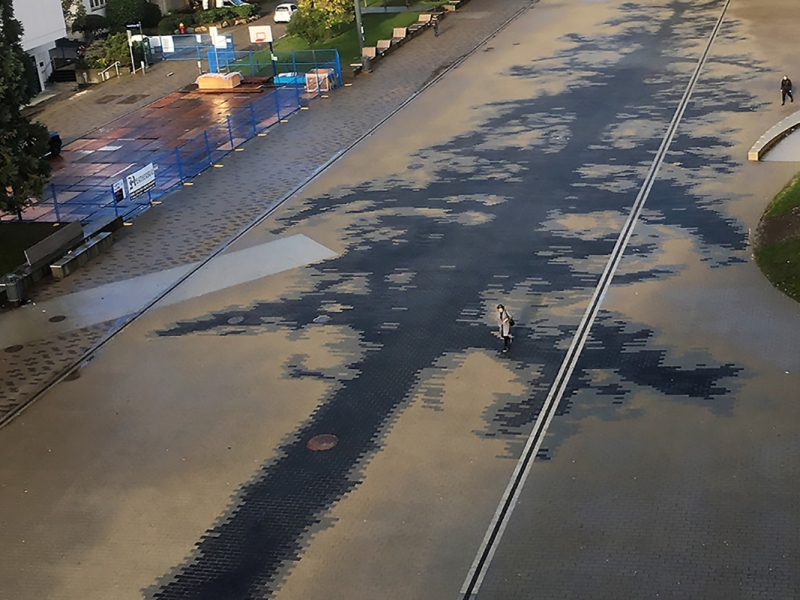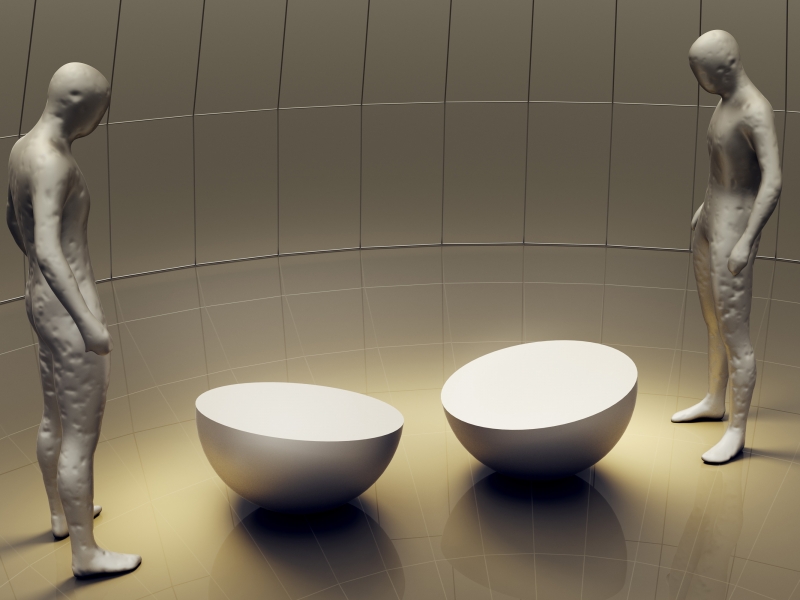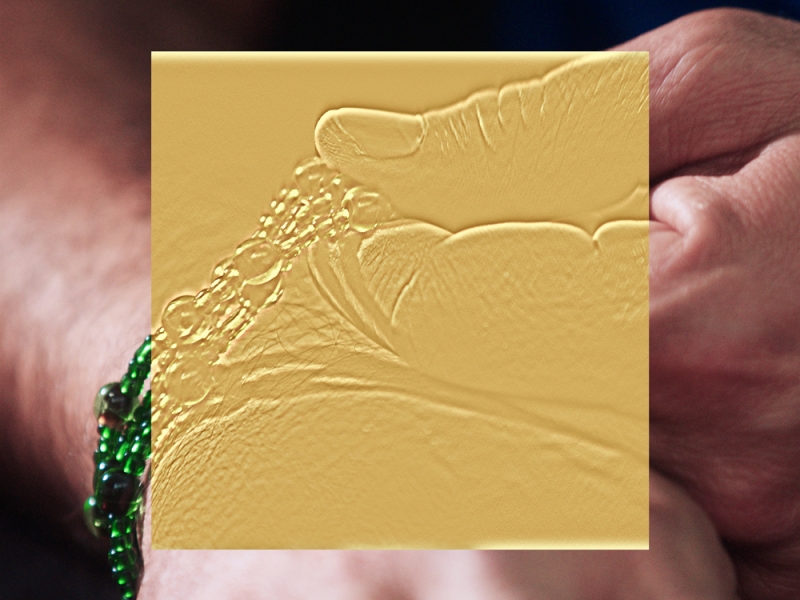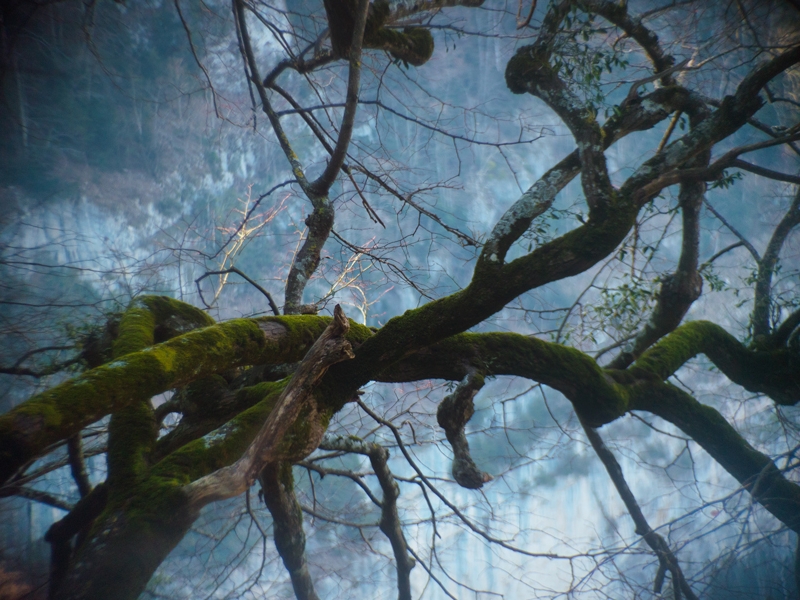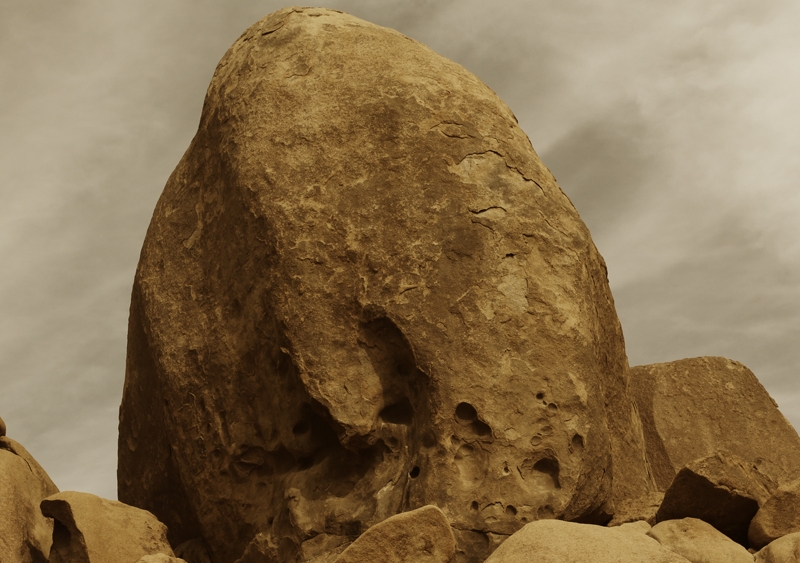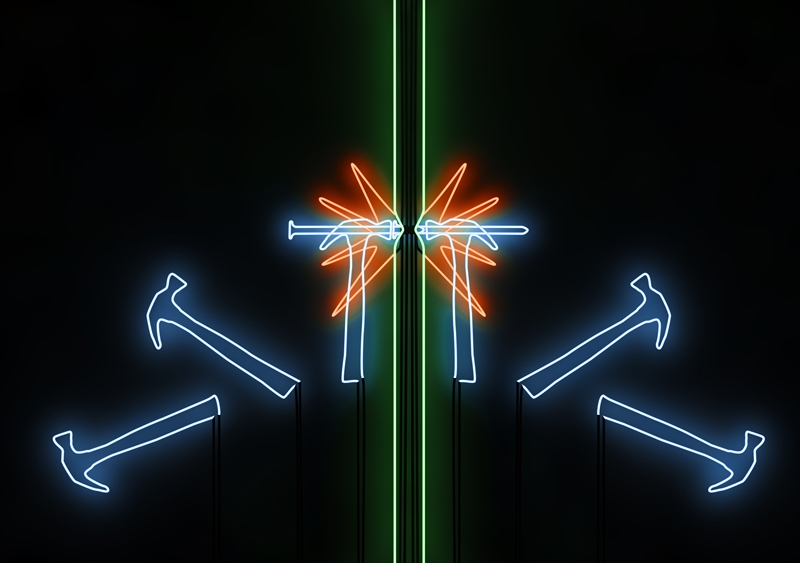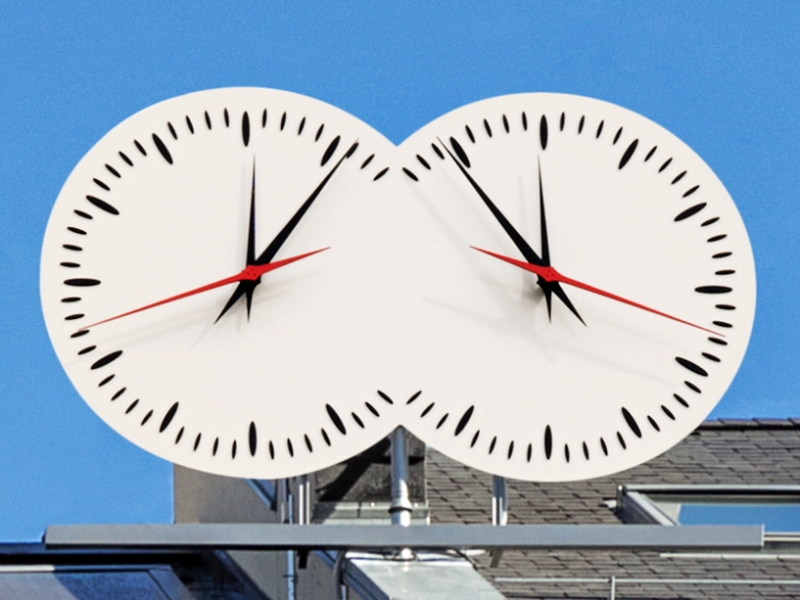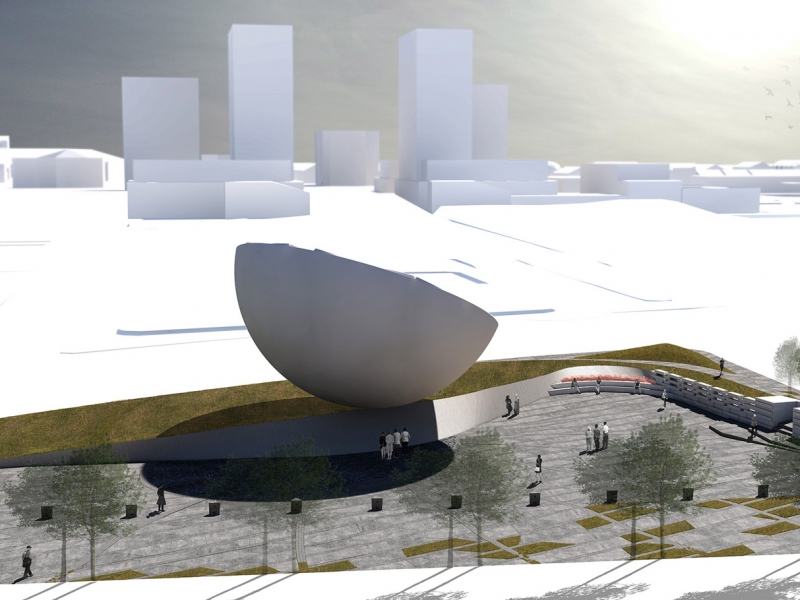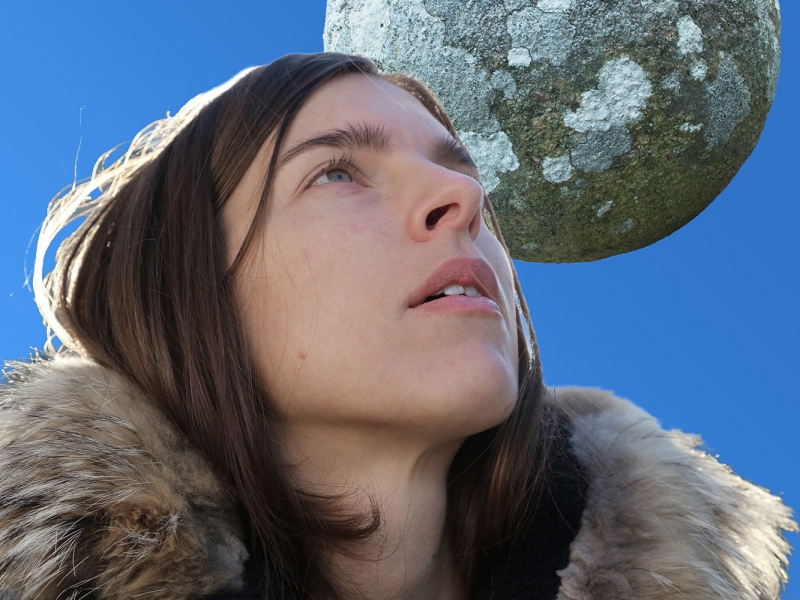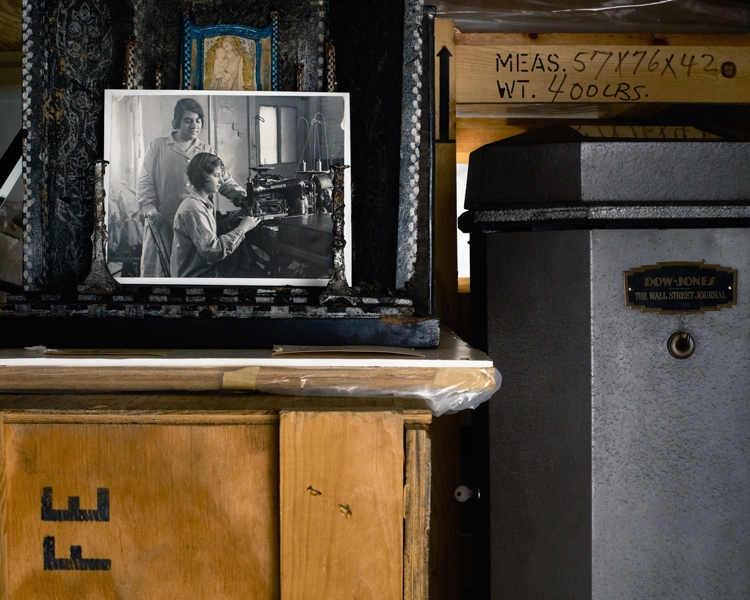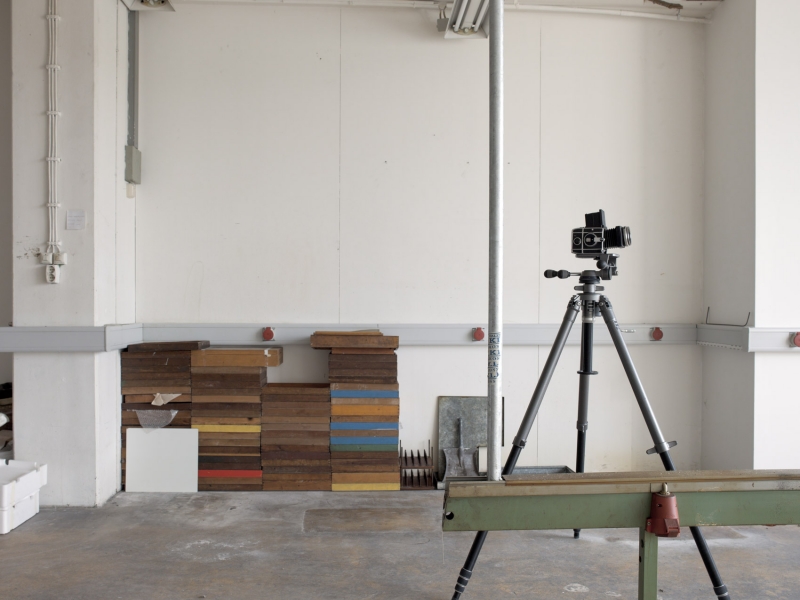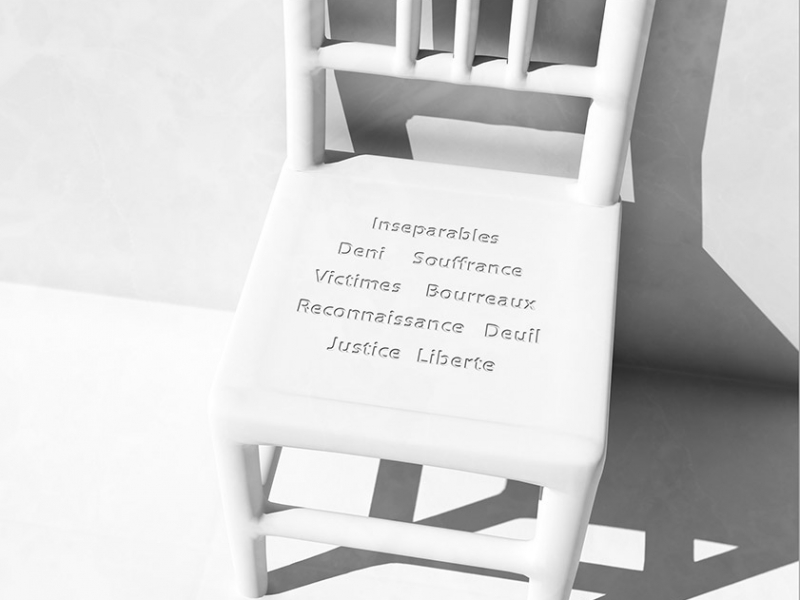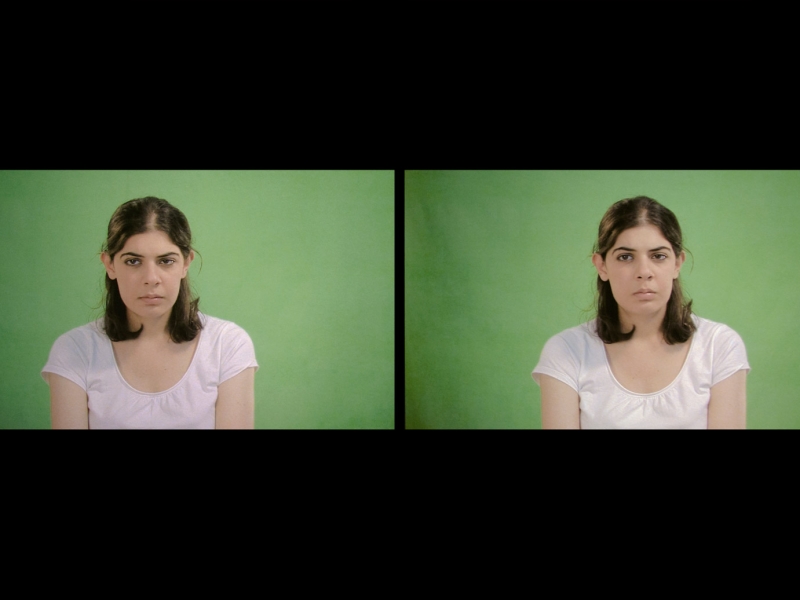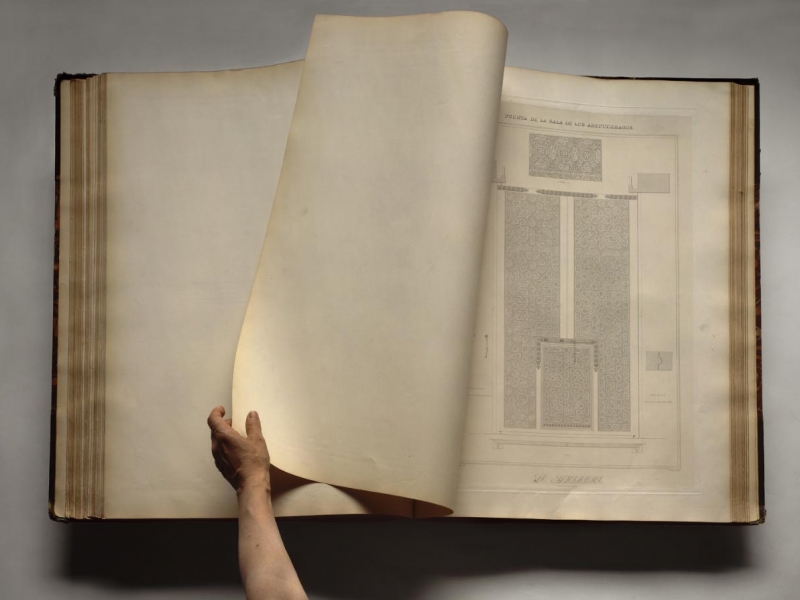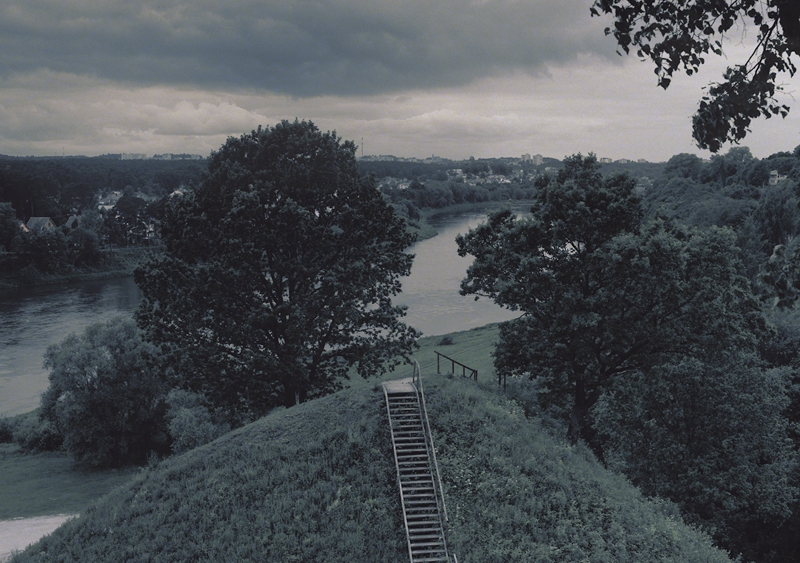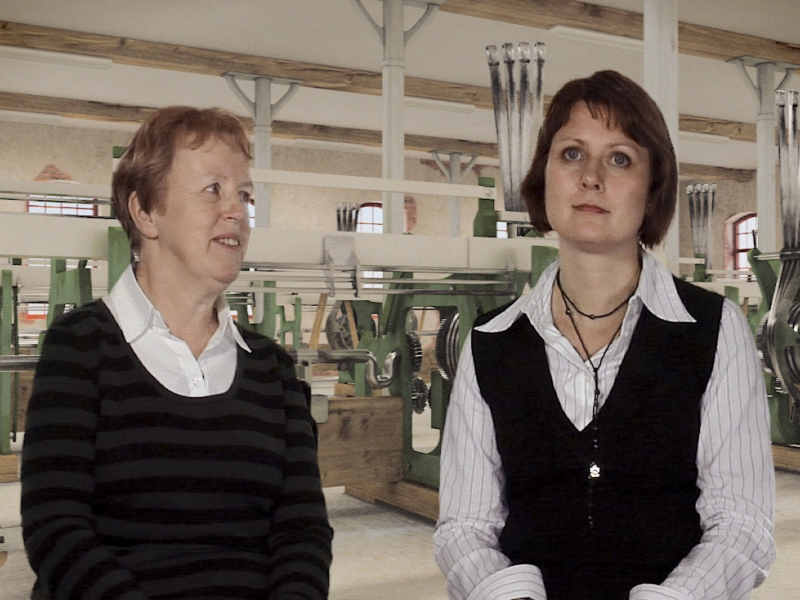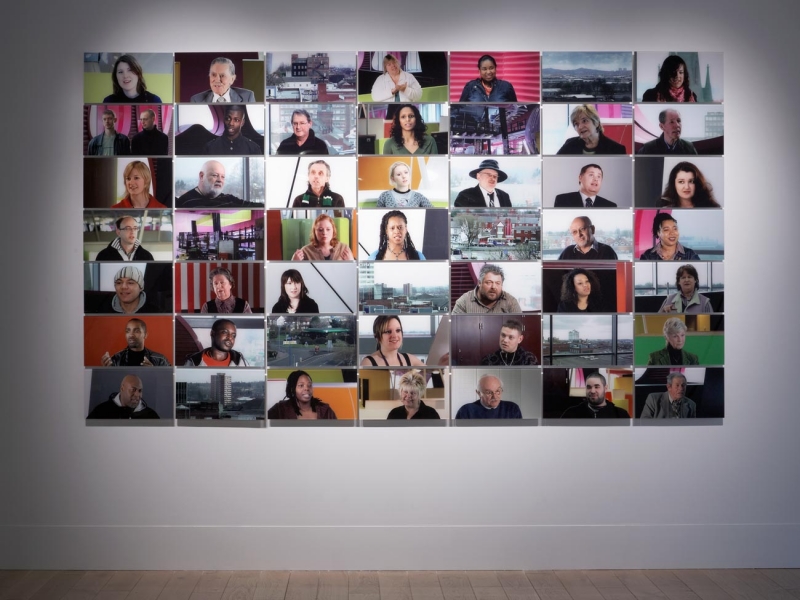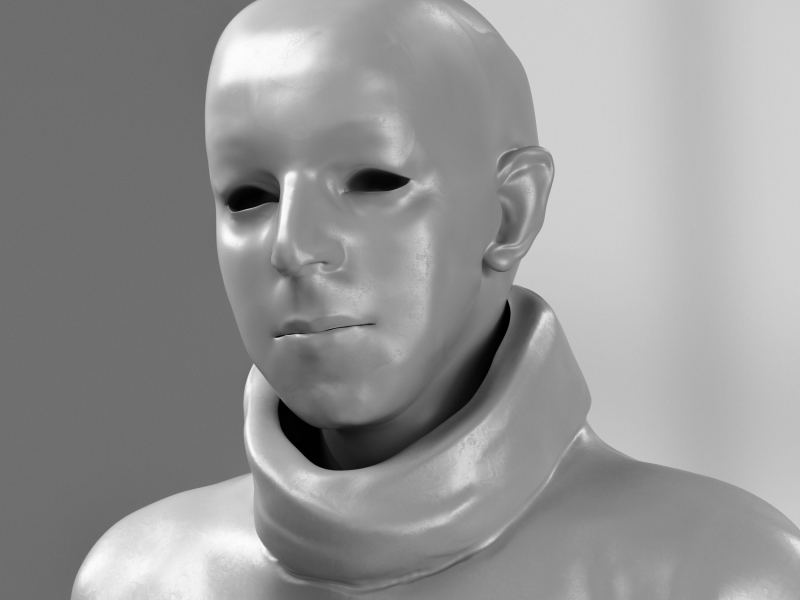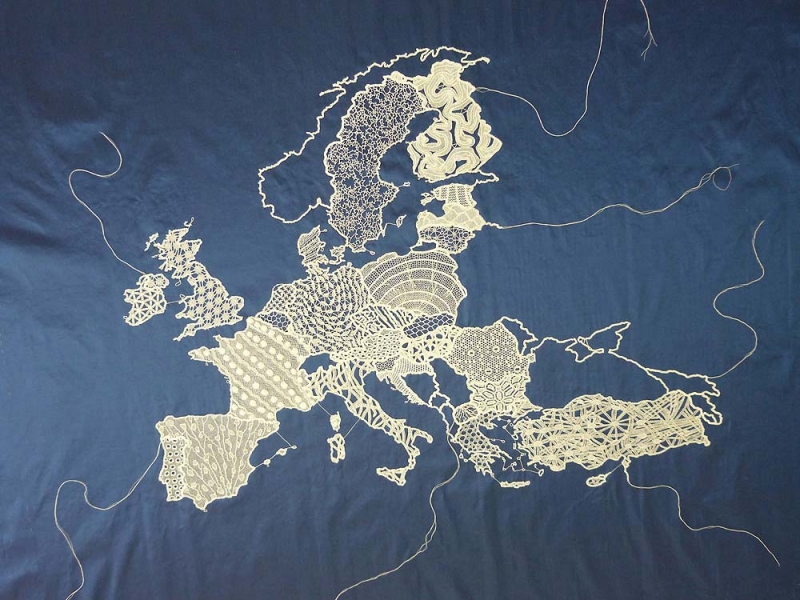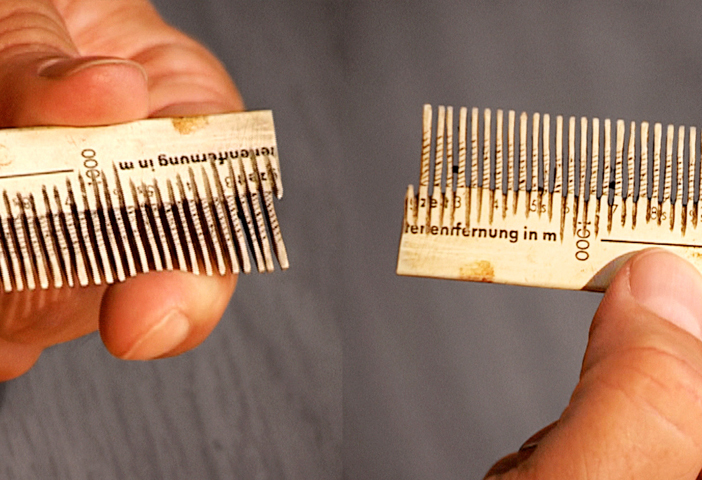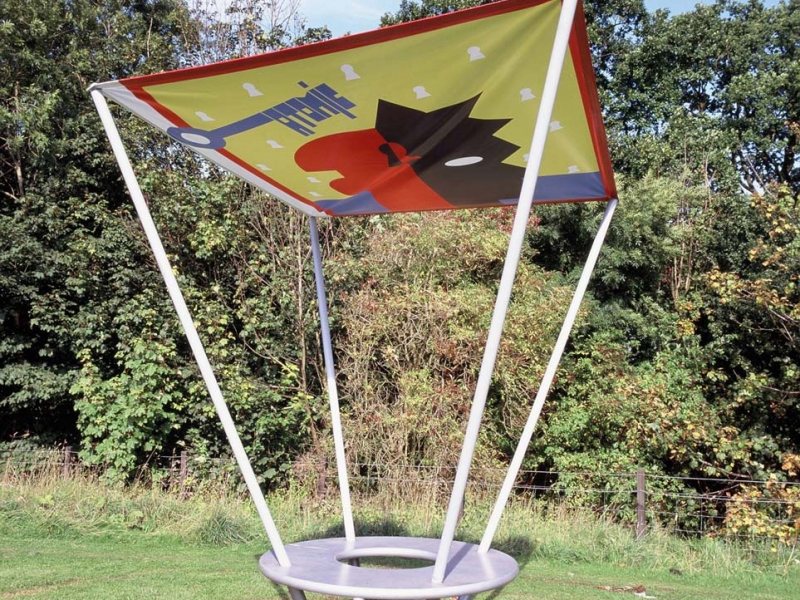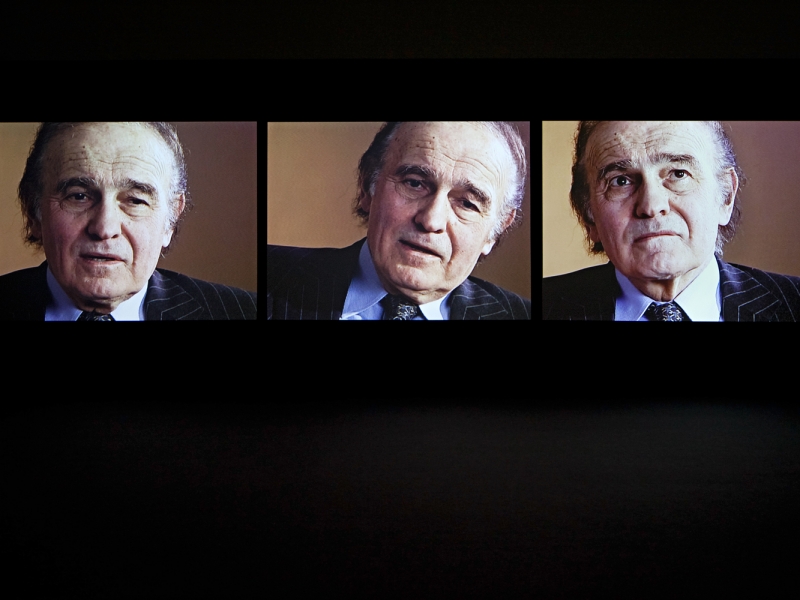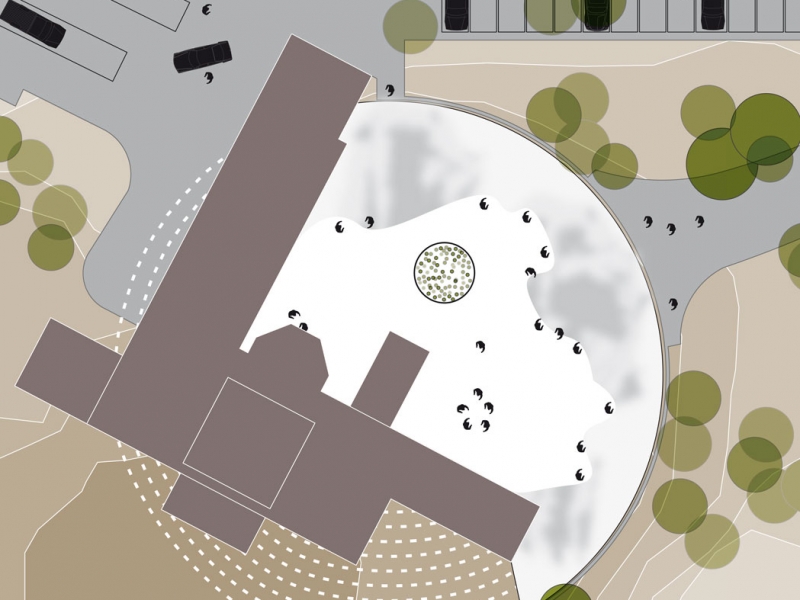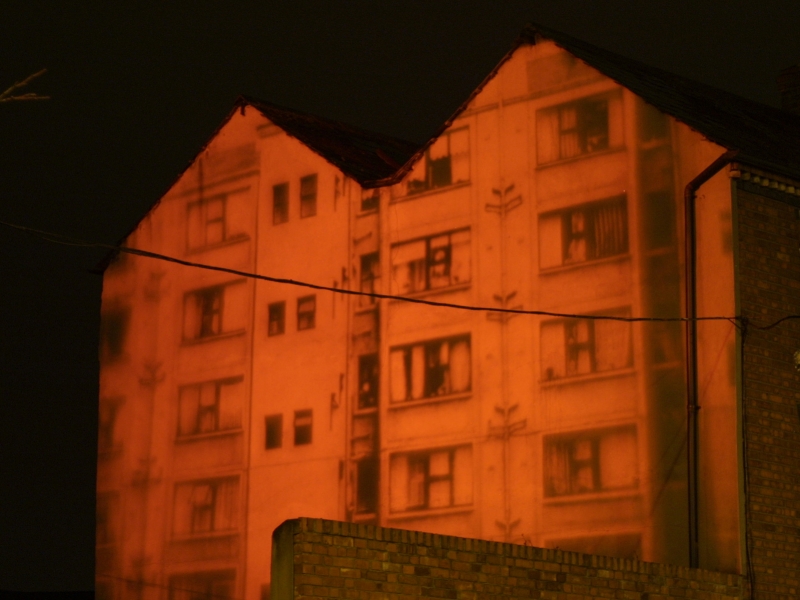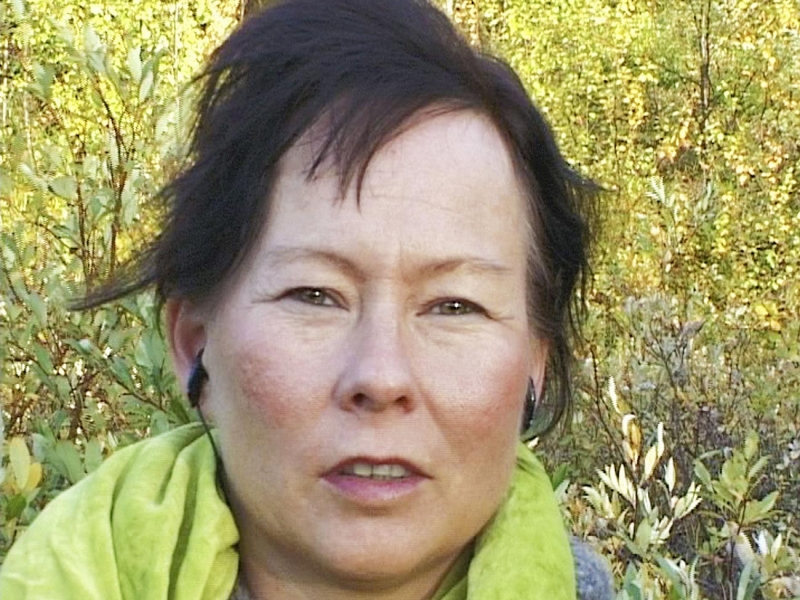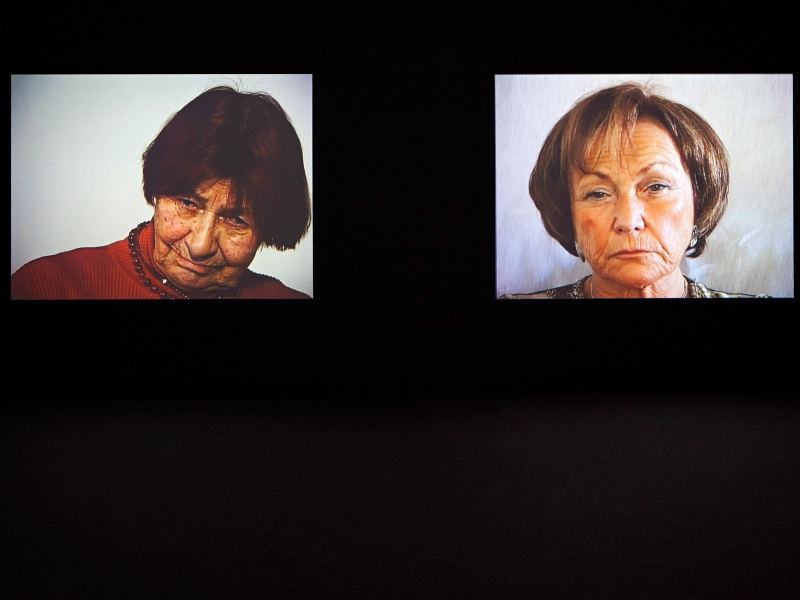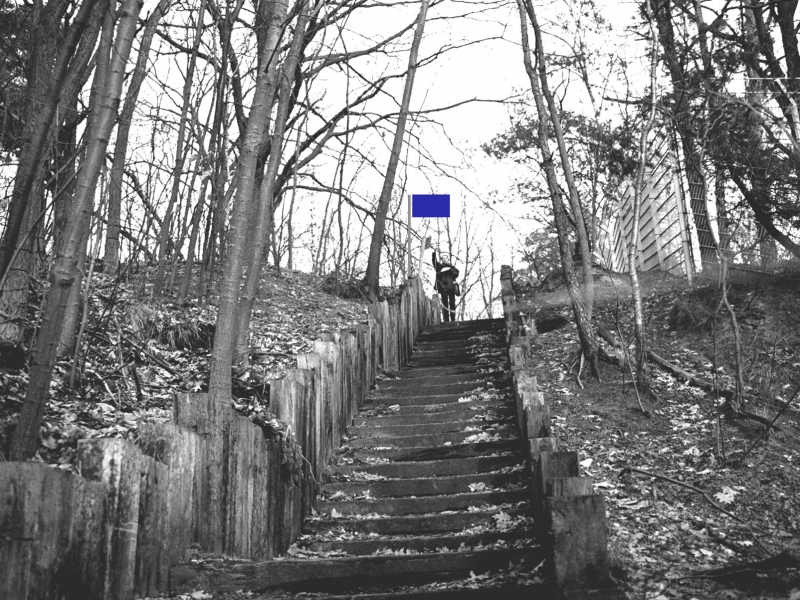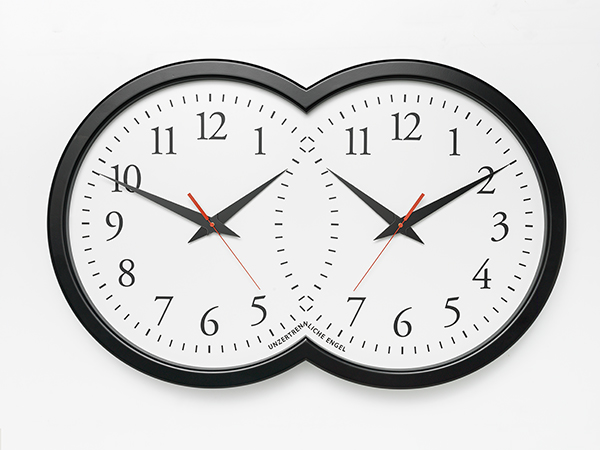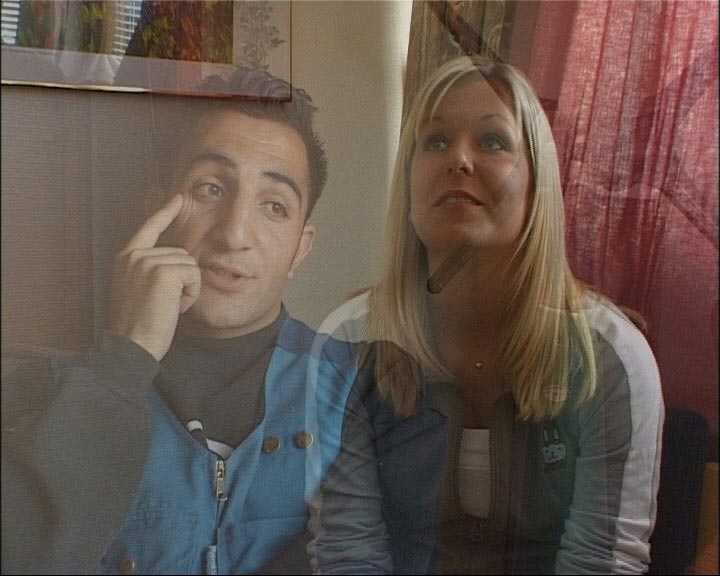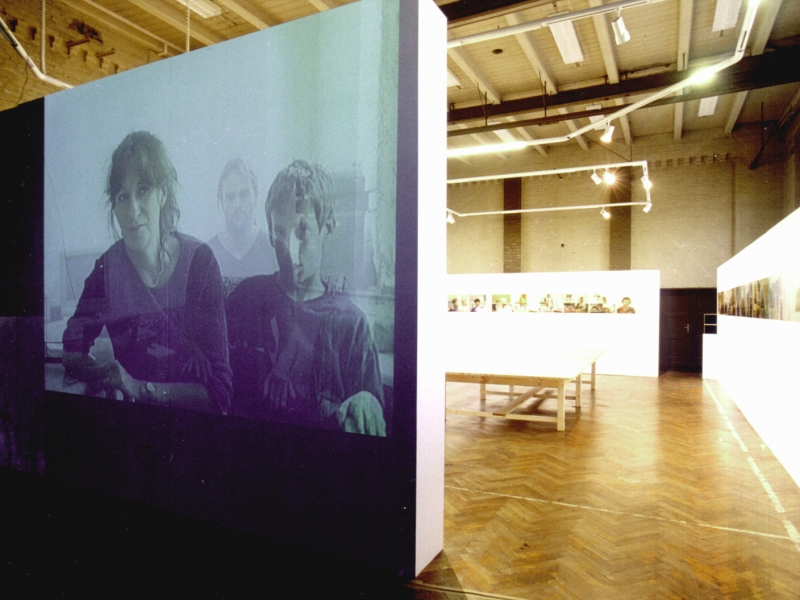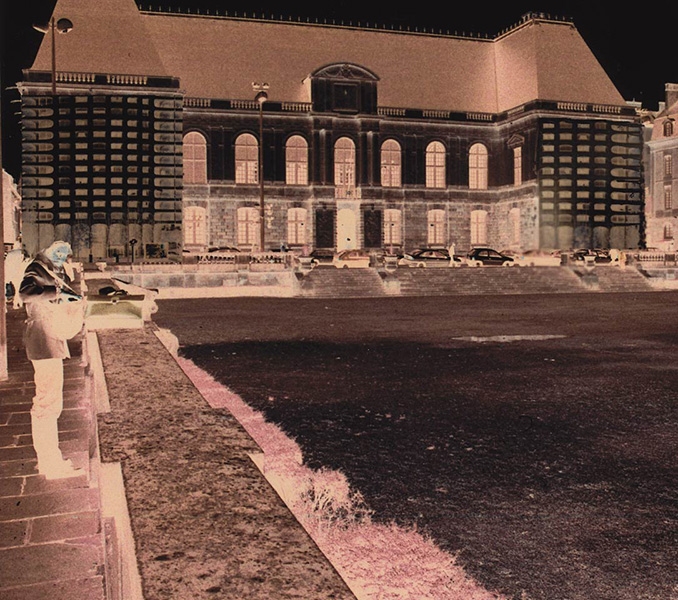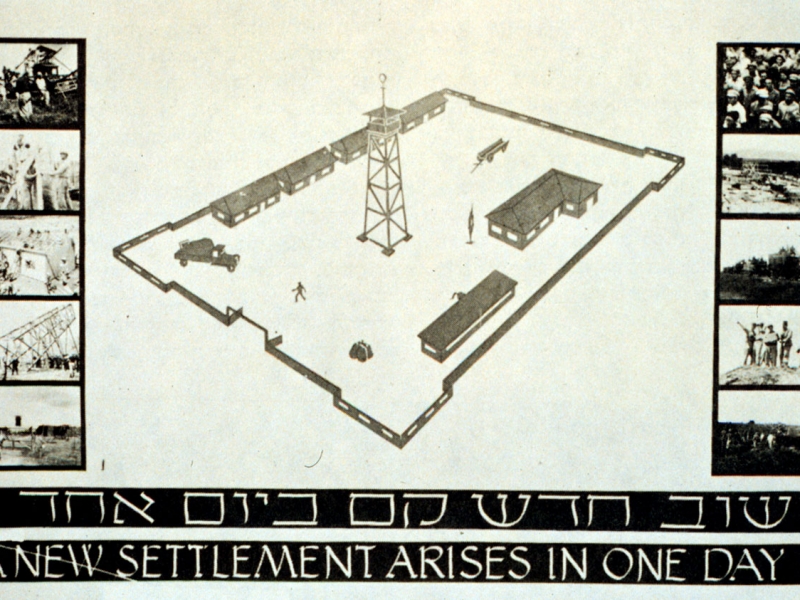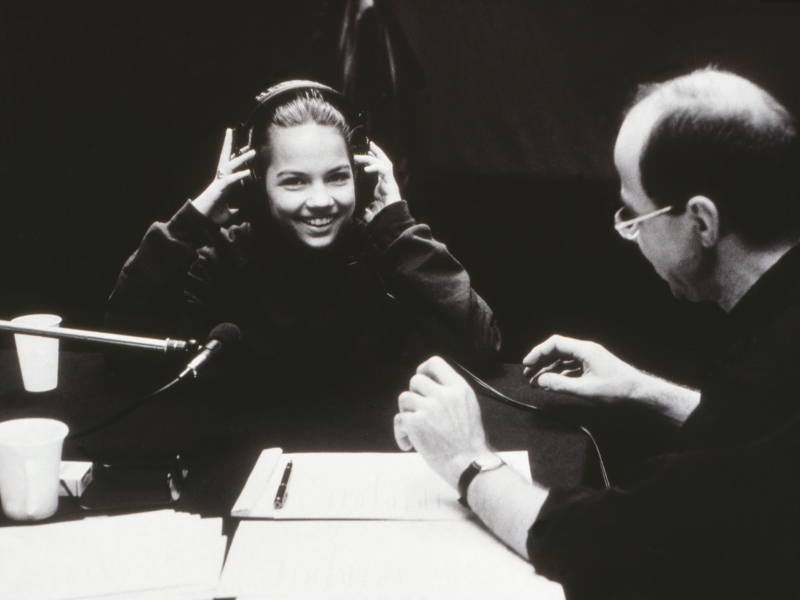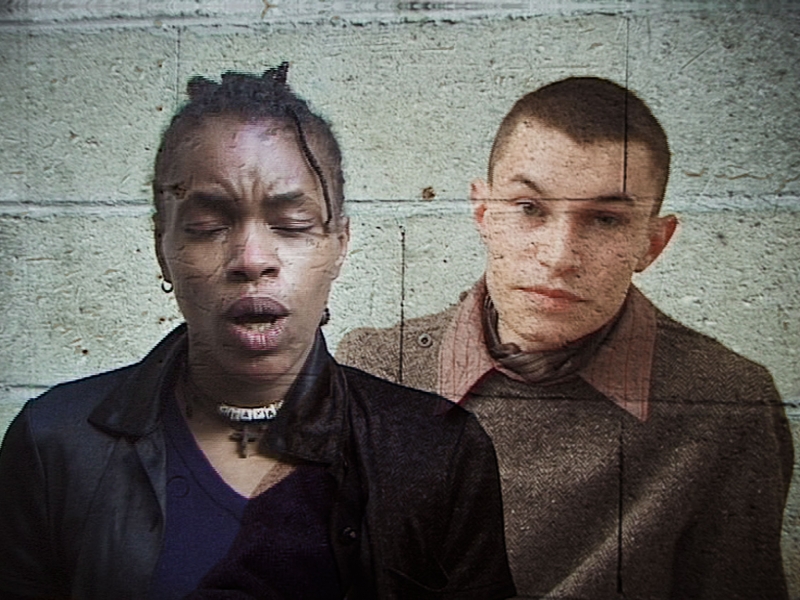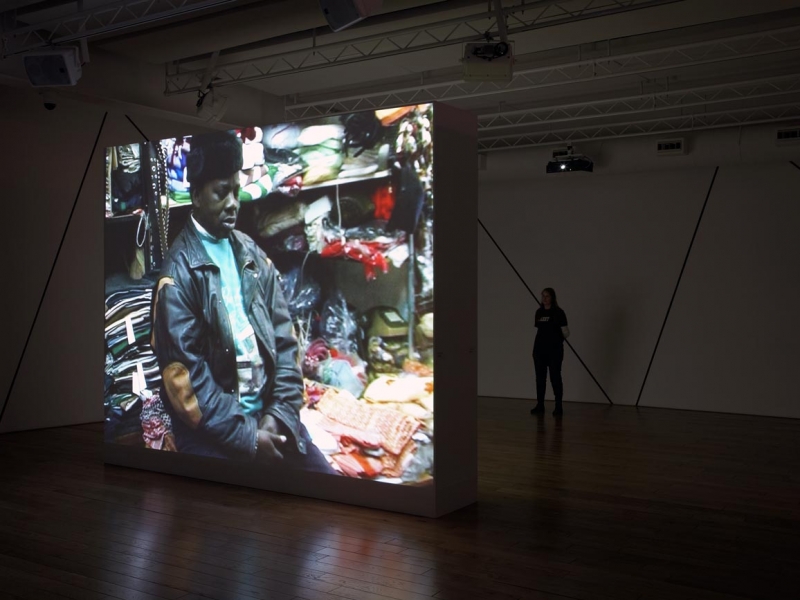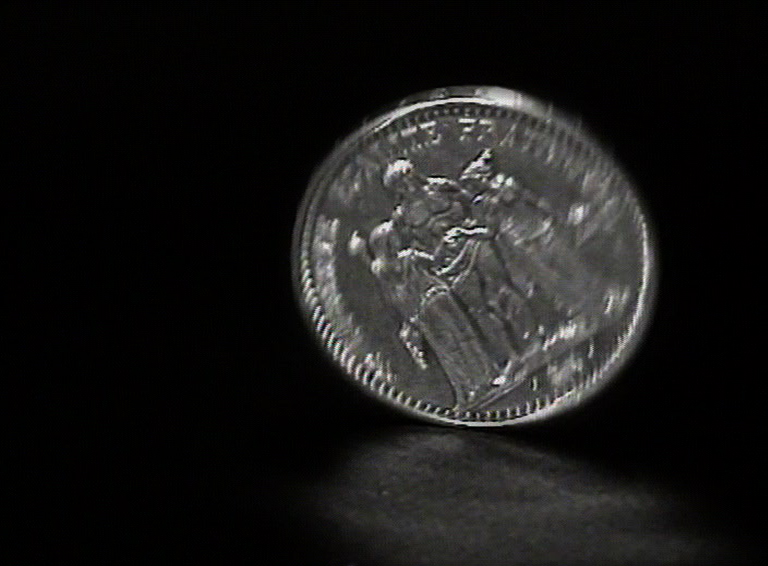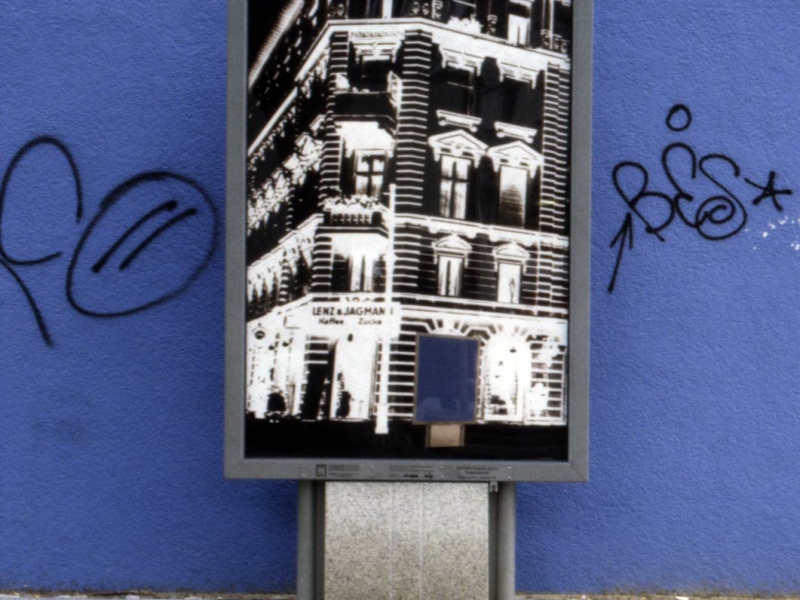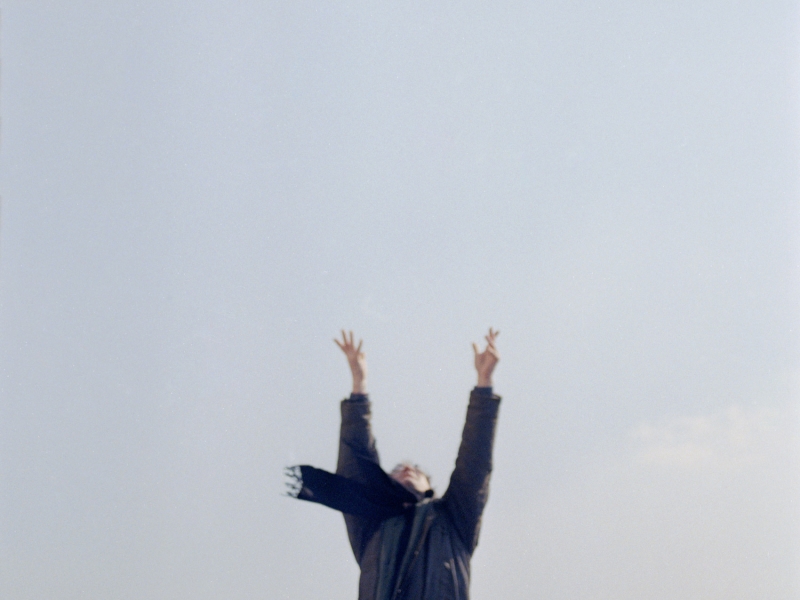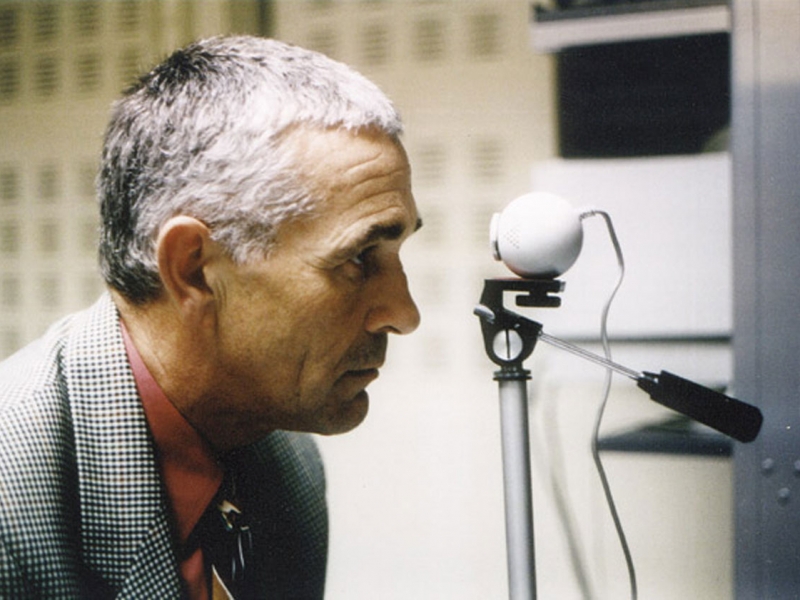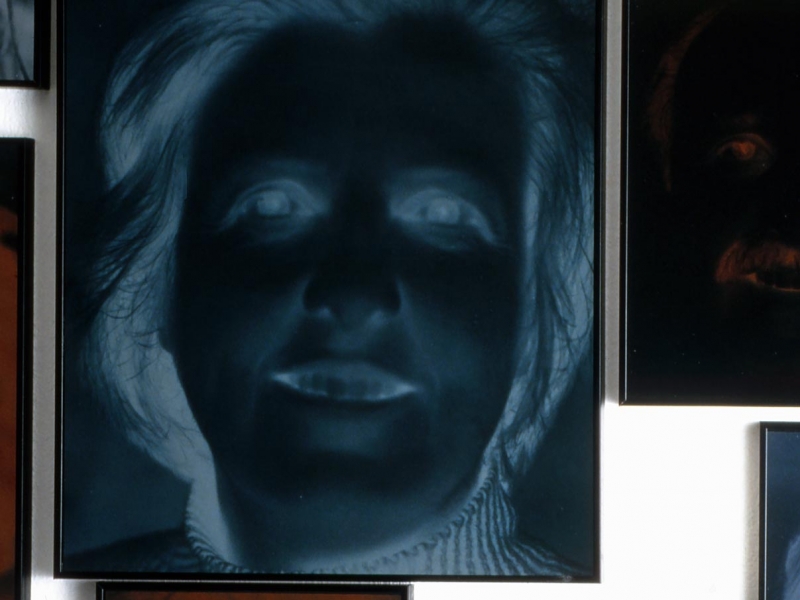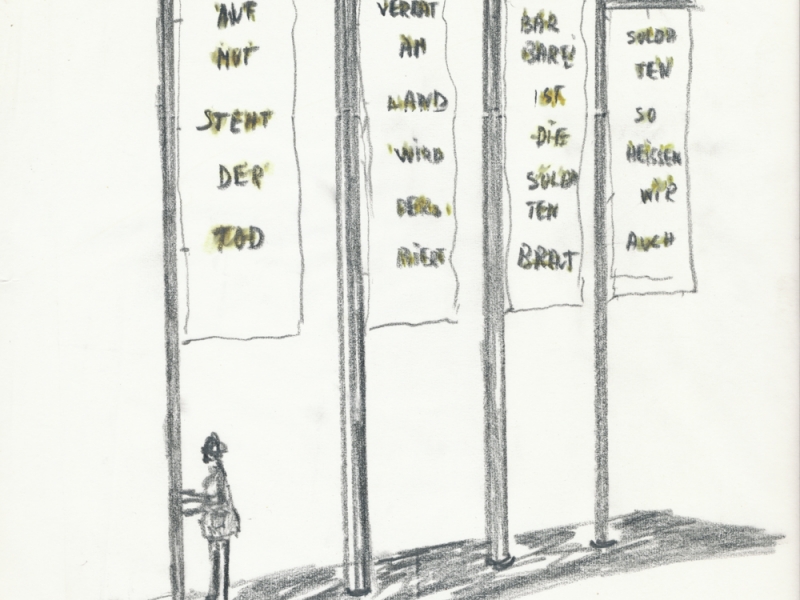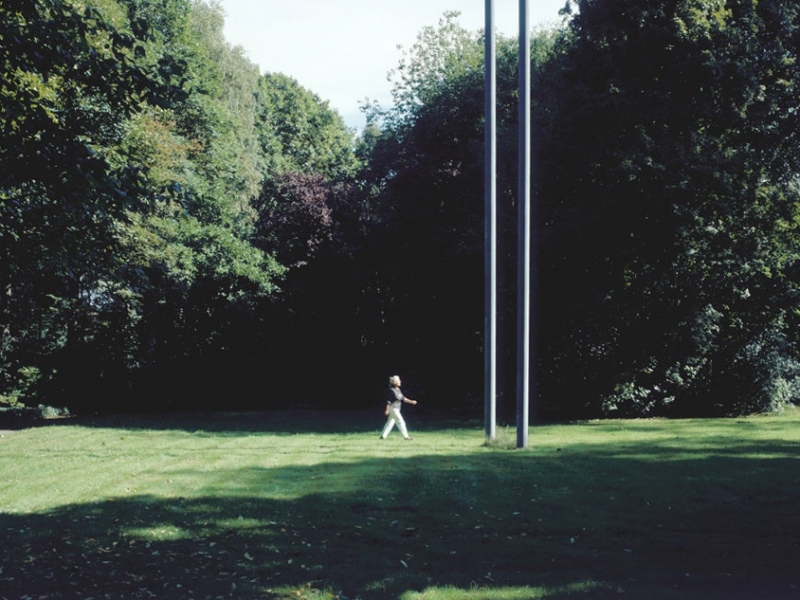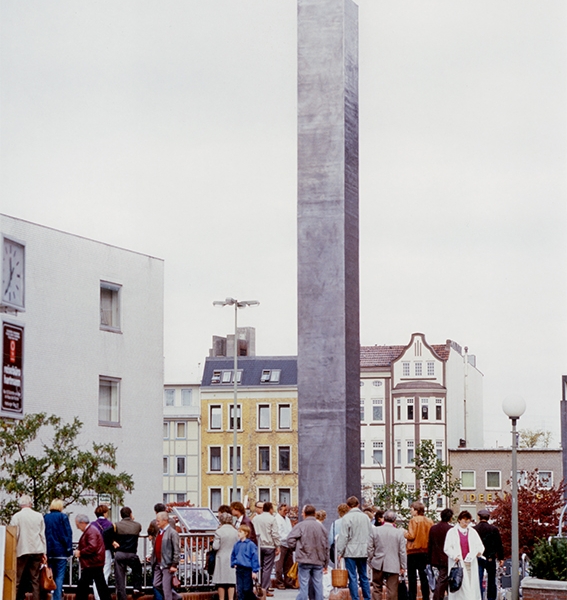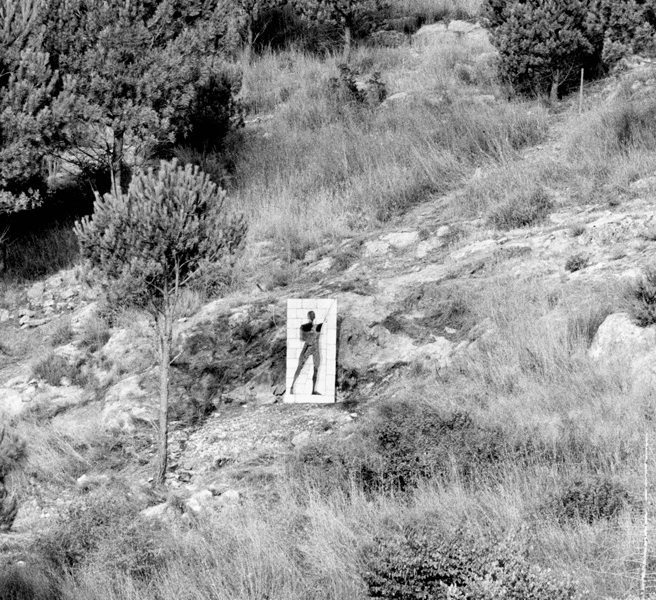THE PLACE OF ART
2006
Gothenburg, Sweden
Installation
5 video projections 4 – 12 mn and 1 – 16 mn
In 2006 Esther Shalev-Gerz conceived of the Place of Art as a means to profile divergent perceptions of art and its societal position – physical and ideological. Having developed a partnership with cultural practitioners, art institutions, housing companies and municipal departments Shalev-Gerz then interviewed 38 culturally diverse artists resident in Bergsjön, a suburb of Gothenburg.
She asked: “How would you define art?” and “Where would you locate the place where it happens?” Whilst considering their individual responses in relation to their pasts, cultural traditions, lived experiences and perceptions of the value of artists each began to also suggest how they would articulate and locate the future place of art.
Shalev-Gerz conceived of her exhibition as bi-sited with complementary components exhibited at the Göteborgs Konsthall and at the Rymdtorget’s shopping centre in the participating artists’ neighbourhood. Traversed across the institution and the city, The Place of Art suggested that there are plural contexts to which art belongs and cultures to whom it is meaningful.
In the shopping centre a silent video projection depicted the artists listening acutely to their answers. Between these sequences quotes, by diverse artists on art from the controversial post-colonialist exhibition Magiciens de la Terre had been inserted. In an installation at the Konsthall the participants’ voices could be heard alongside four projections, each offering a computer-generated architectural representation of their imagined places of art and its future location.
THE PLACE OF ART
2006
Göteborg, Suède
Installation
5 projections vidéo, 4 de 12min, 1 de 16min
En 2006 Esther Shalev-Gerz élabore le projet The Place of Art afin de dépeindre les façons divergentes de comprendre l’art et son positionnement, spatial et idéologique, dans la société. Après avoir développé un partenariat avec des personnes ayant une pratique culturelle, des institutions artistiques, des offices HLM et des services municipaux, Shalev-Gerz interrogea 38 artistes venant de divers horizons culturels et habitant tous Bergsjön, une banlieue de Göteborg.
Elle leur posa deux questions: « Comment définiriez-vous l’art? » et « Où situeriez-vous l’endroit où il a lieu? ». Alors qu’ils envisageaient leur réponses individuelles par rapport à leur passé, leur tradition culturelle, leurs expériences vécues et leurs perceptions du rôle de l’artiste, chacun commença à suggérer la façon dont serait énoncé et localisé le lieu de l’art.
Shalev-Gerz conçoit alors une exposition située en deux lieux dans lesquels sont montrés les éléments complémentaires de son projet: le Göteborg Konsthall, une institution artistique au centre de la ville et Rymdtorget, un centre commercial du quartier dans lequel vivaient les artistes participant au projet. Dispersé à travers la ville et ses institutions, The Place of Art suggère qu’il y a une pluralité de contextes auxquels l’art appartient ainsi que de cultures pour lesquelles il a du sens.
Dans le centre commercial, une projection vidéo montre les artistes écoutant très attentivement leurs propres réponses. Entre ces séquences, des citations sur l’art formulées par d’autres artistes et tirées de l’exposition post-coloniale très controversée Magiciens de la terre ont été insérées. Dans l’installation au Konsthall, on peut entendre les voix des participants et voir simultanément quatre projections proposant chacune une simulation numérique en 3D de ces lieux de l’art imaginés par l’artiste d’après leurs descriptions.


